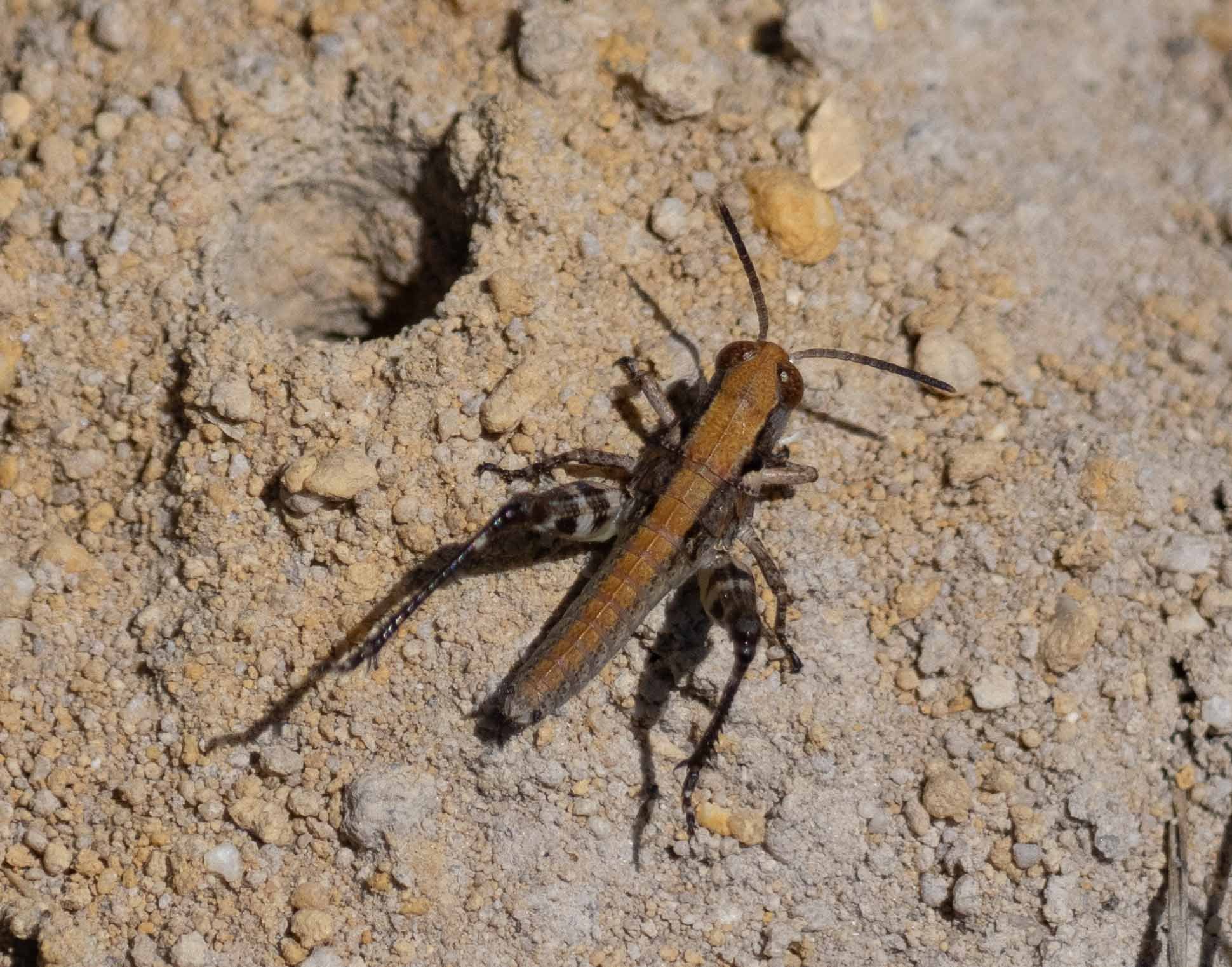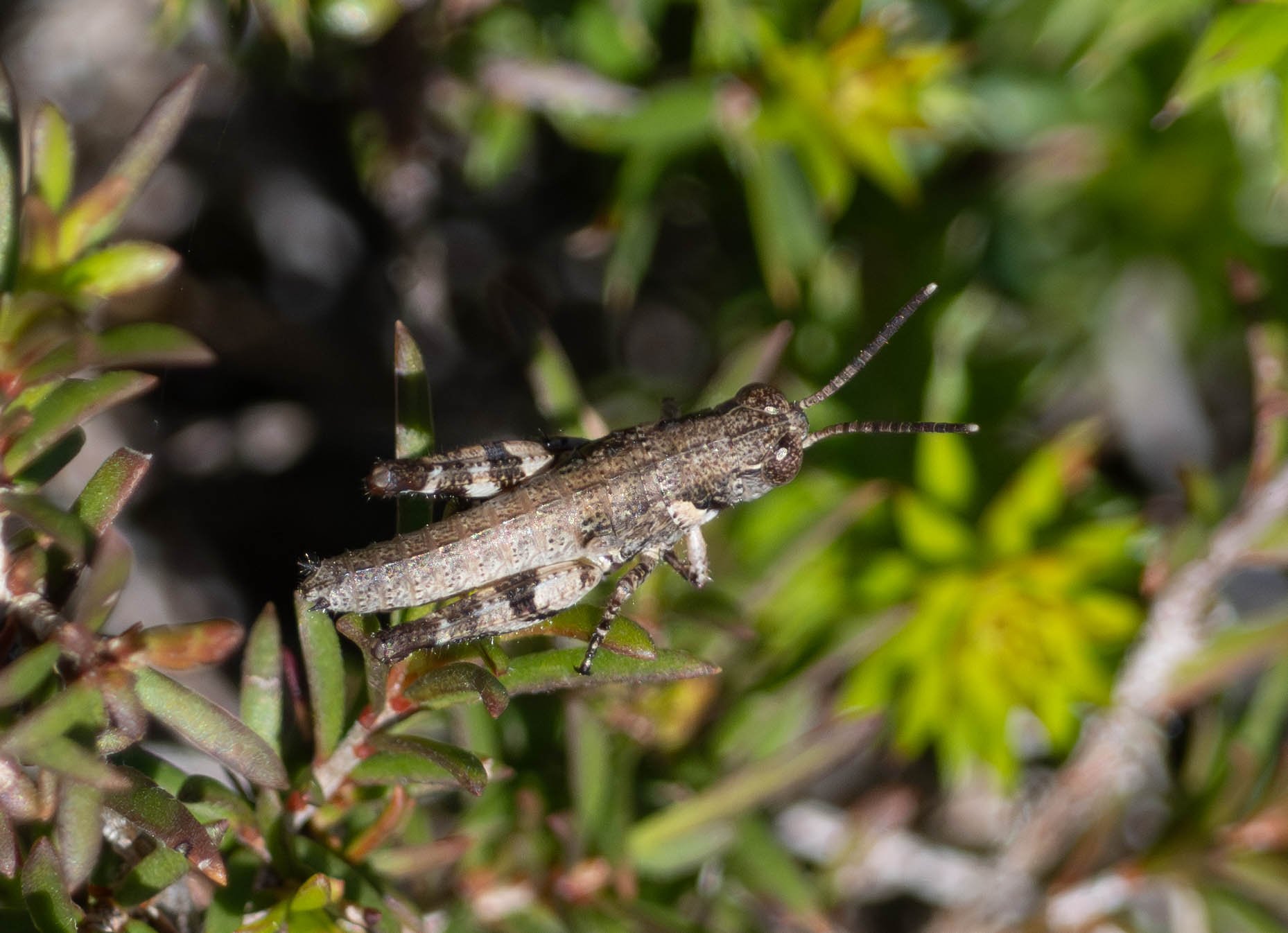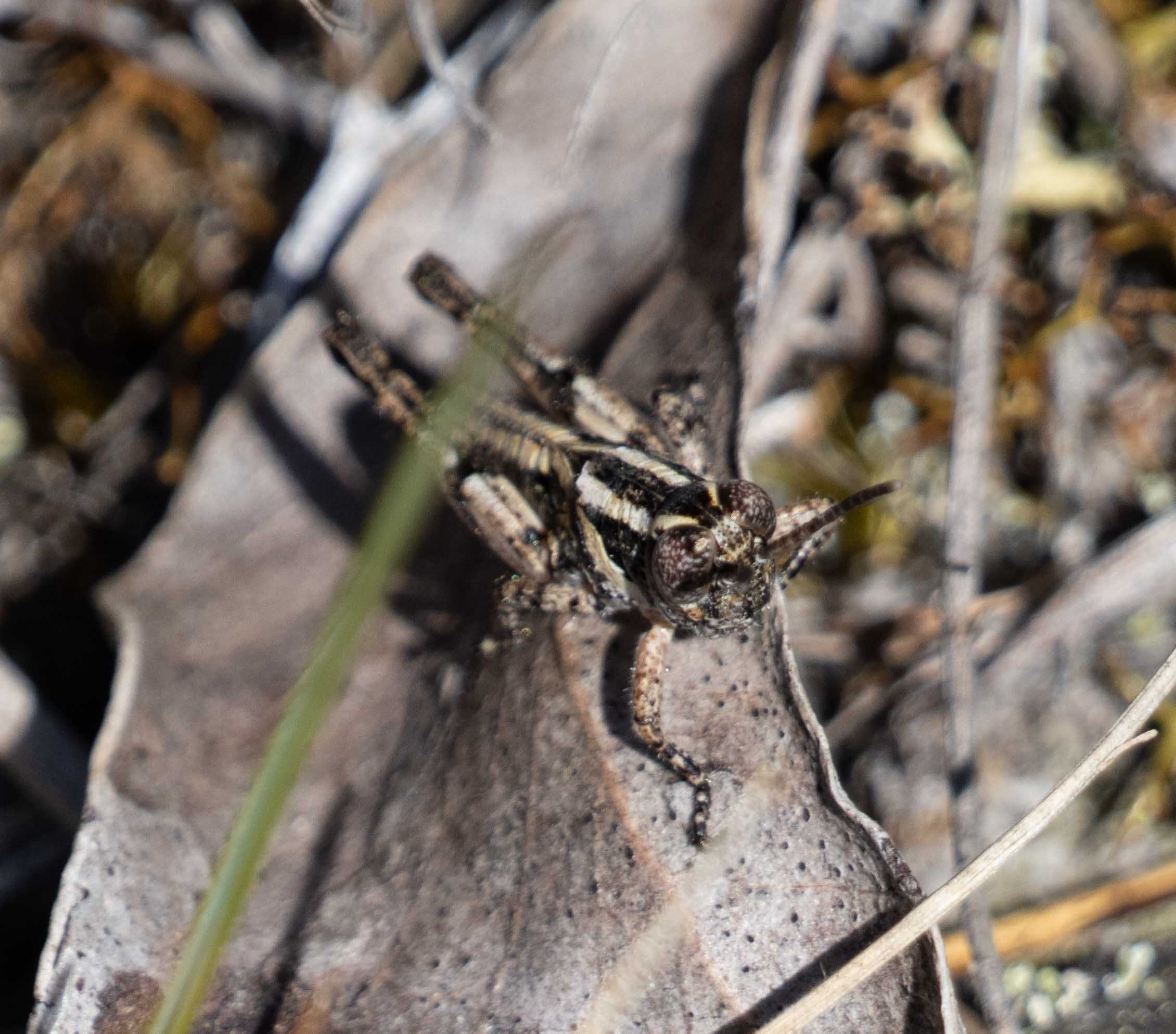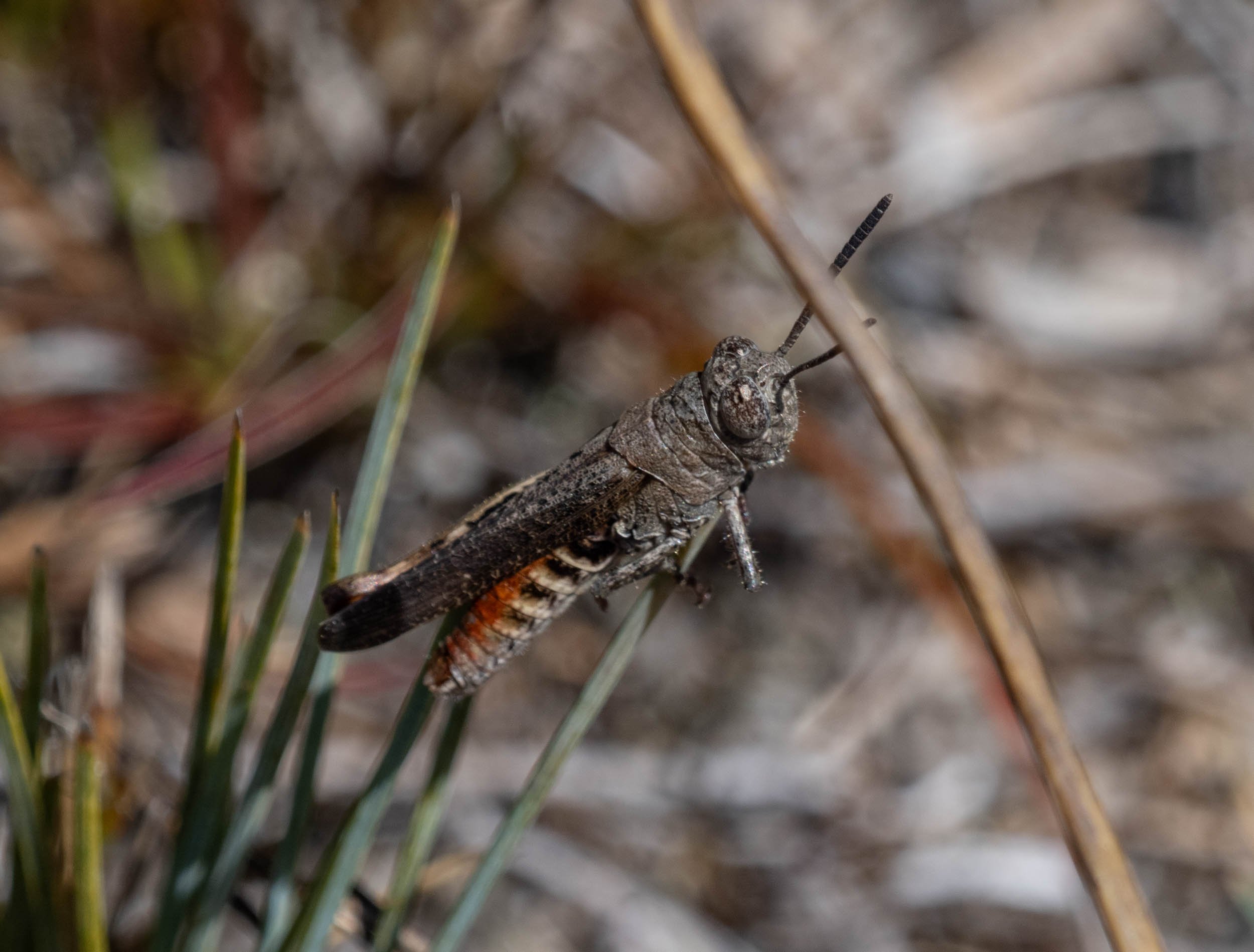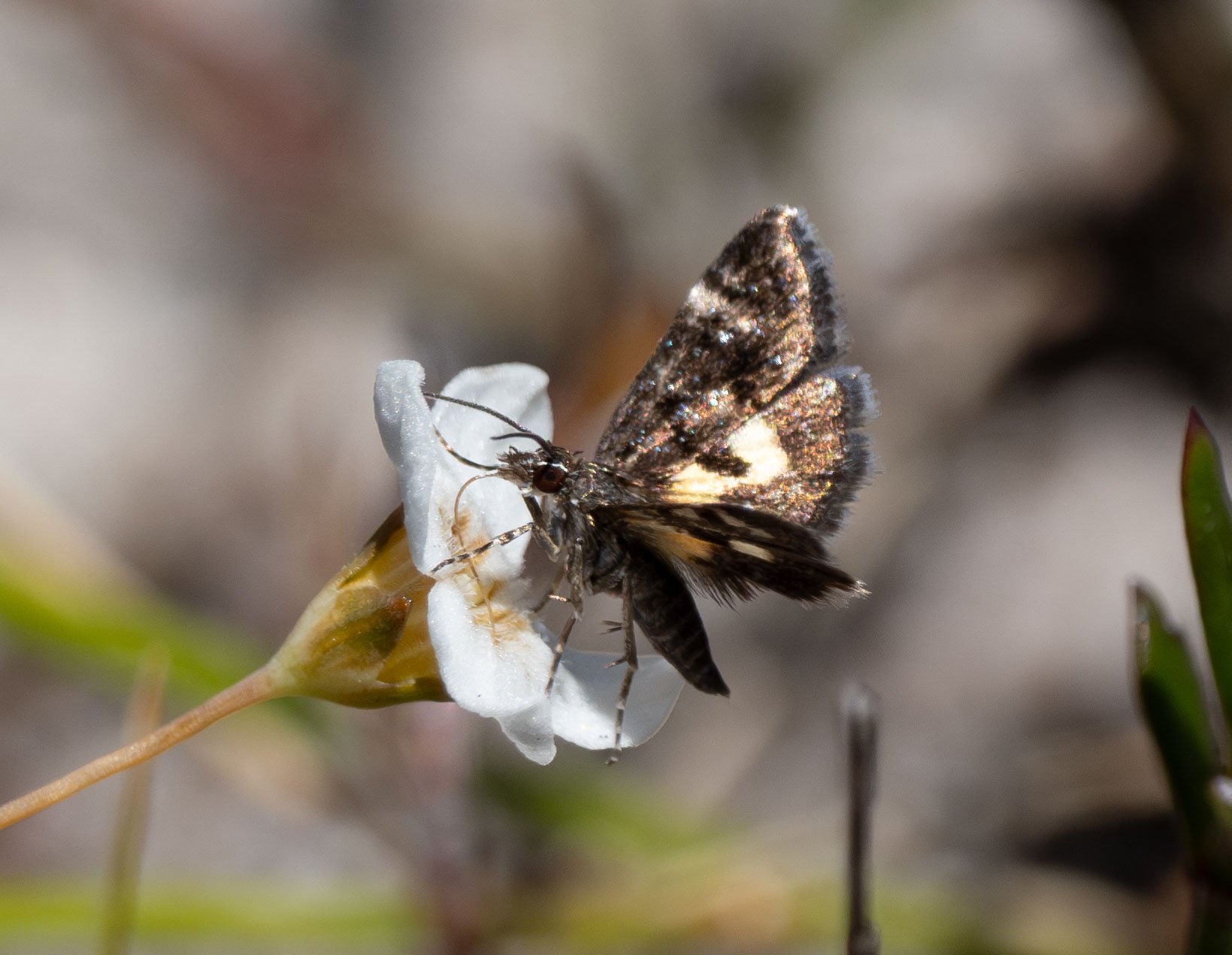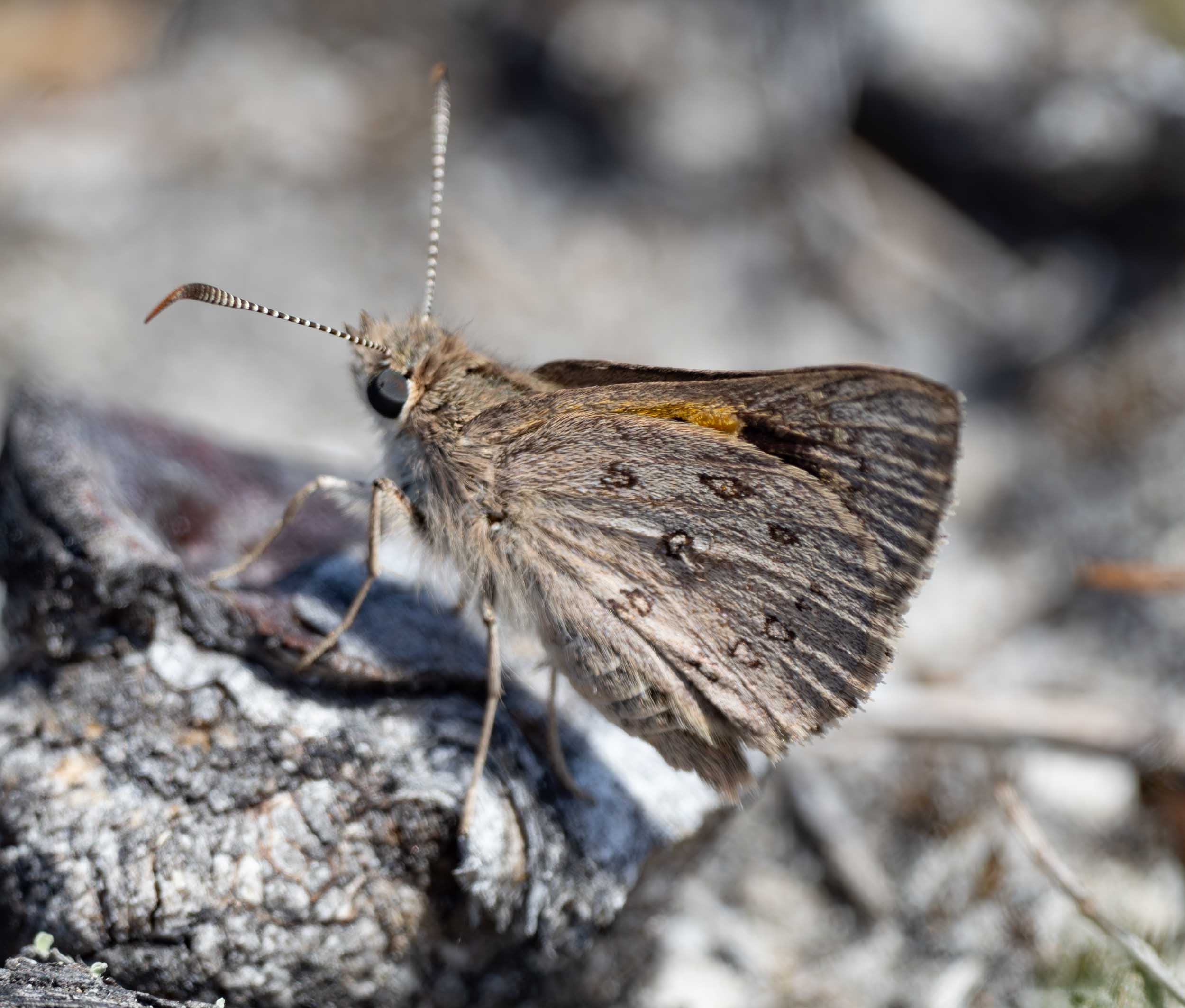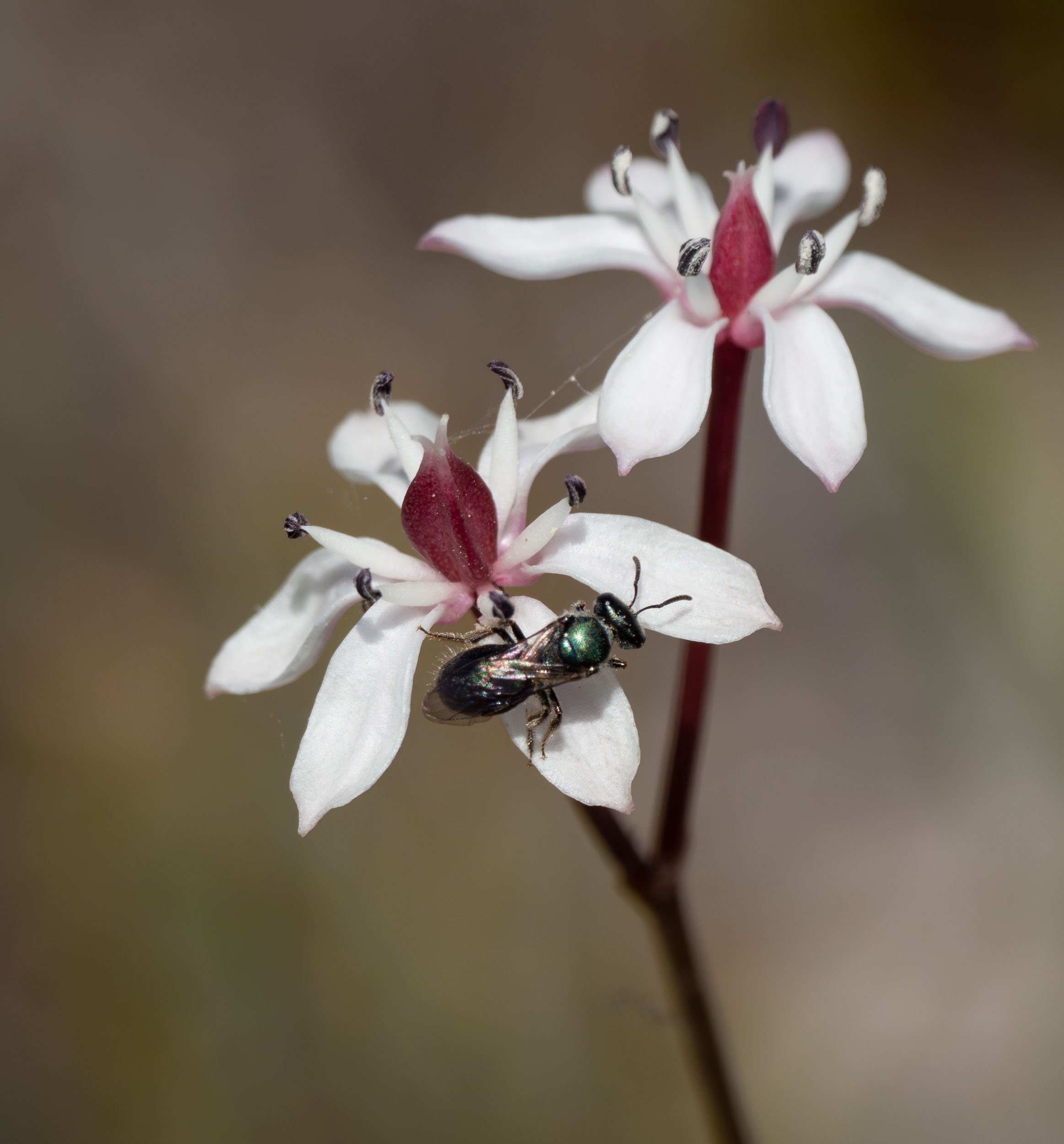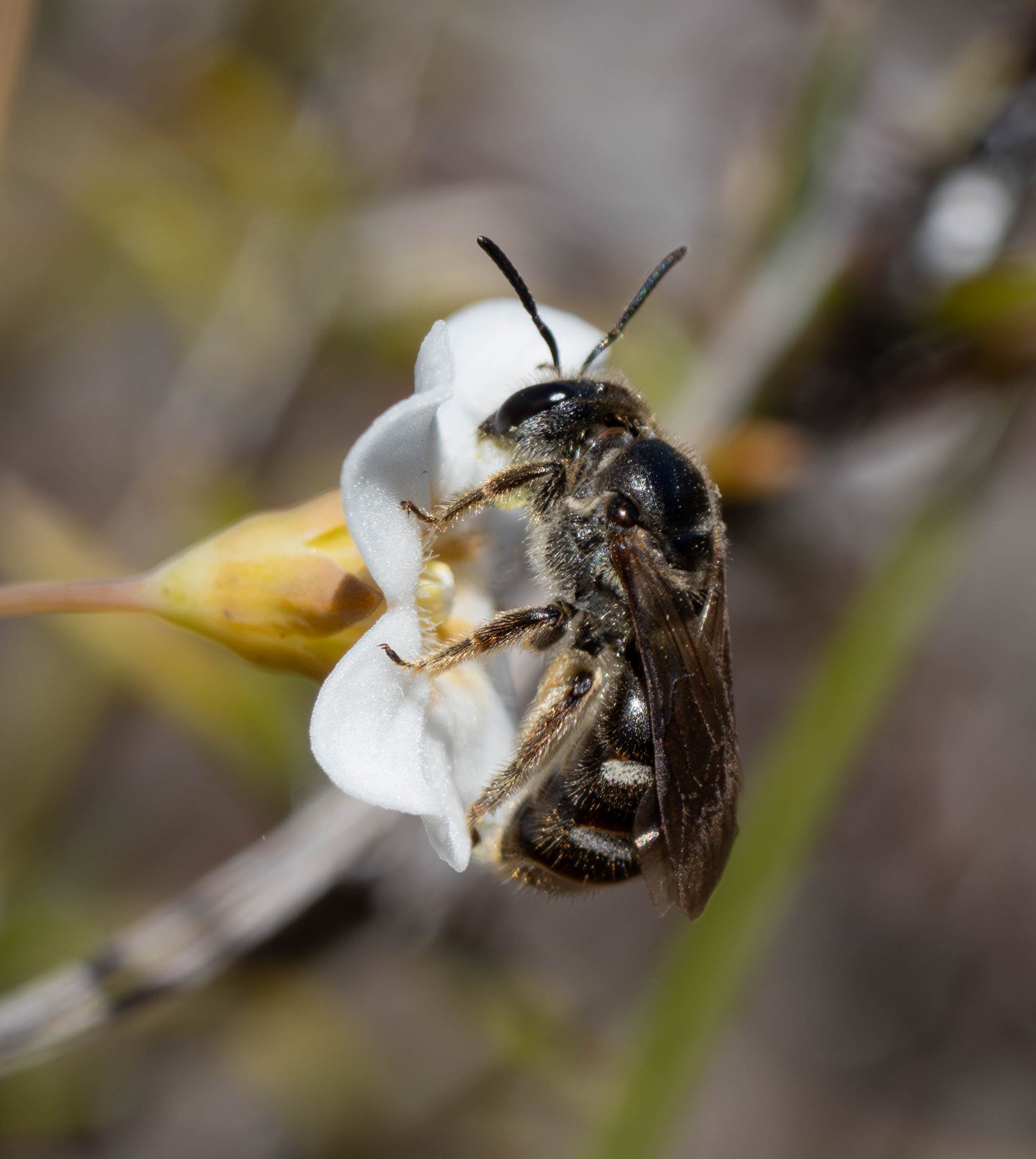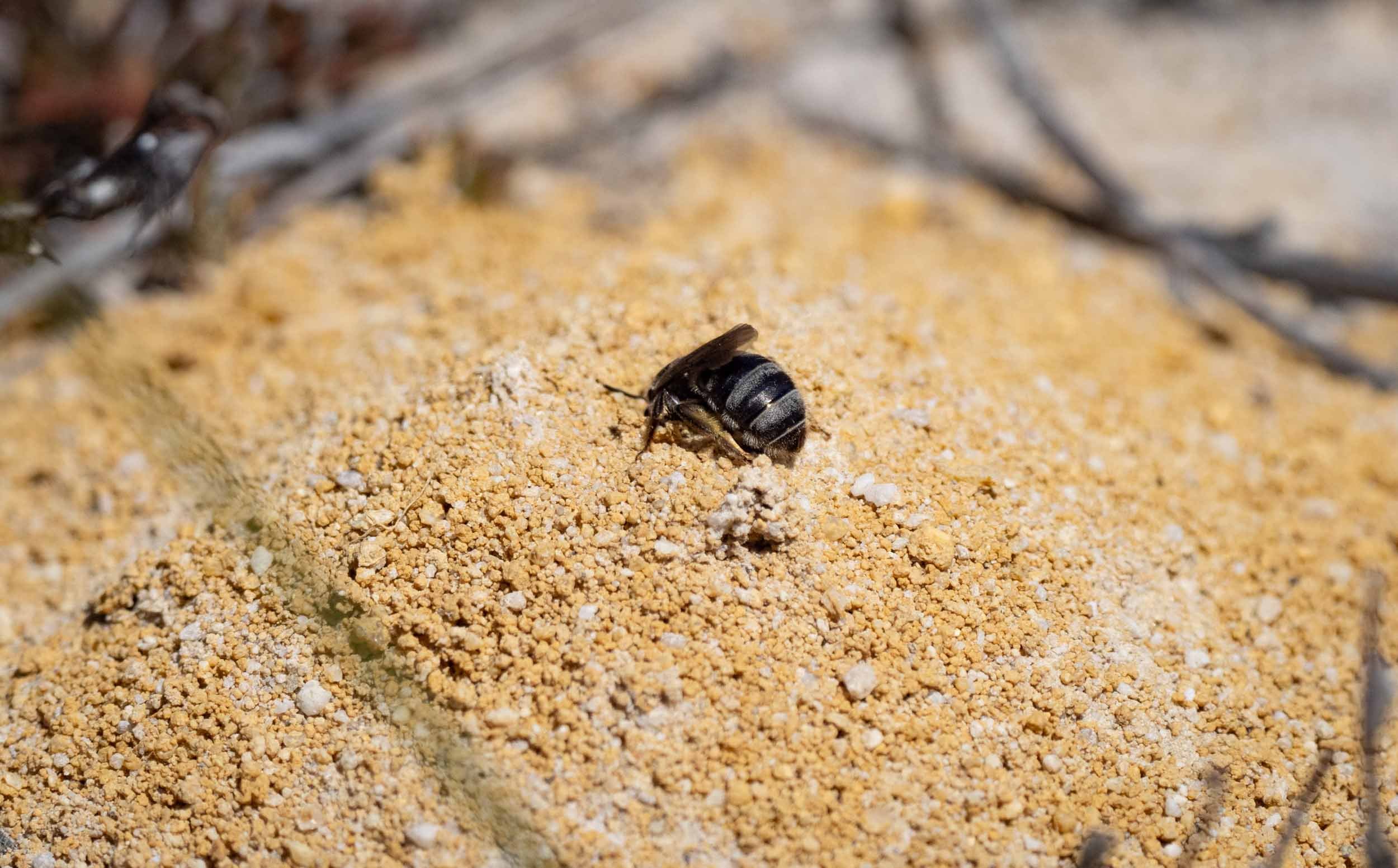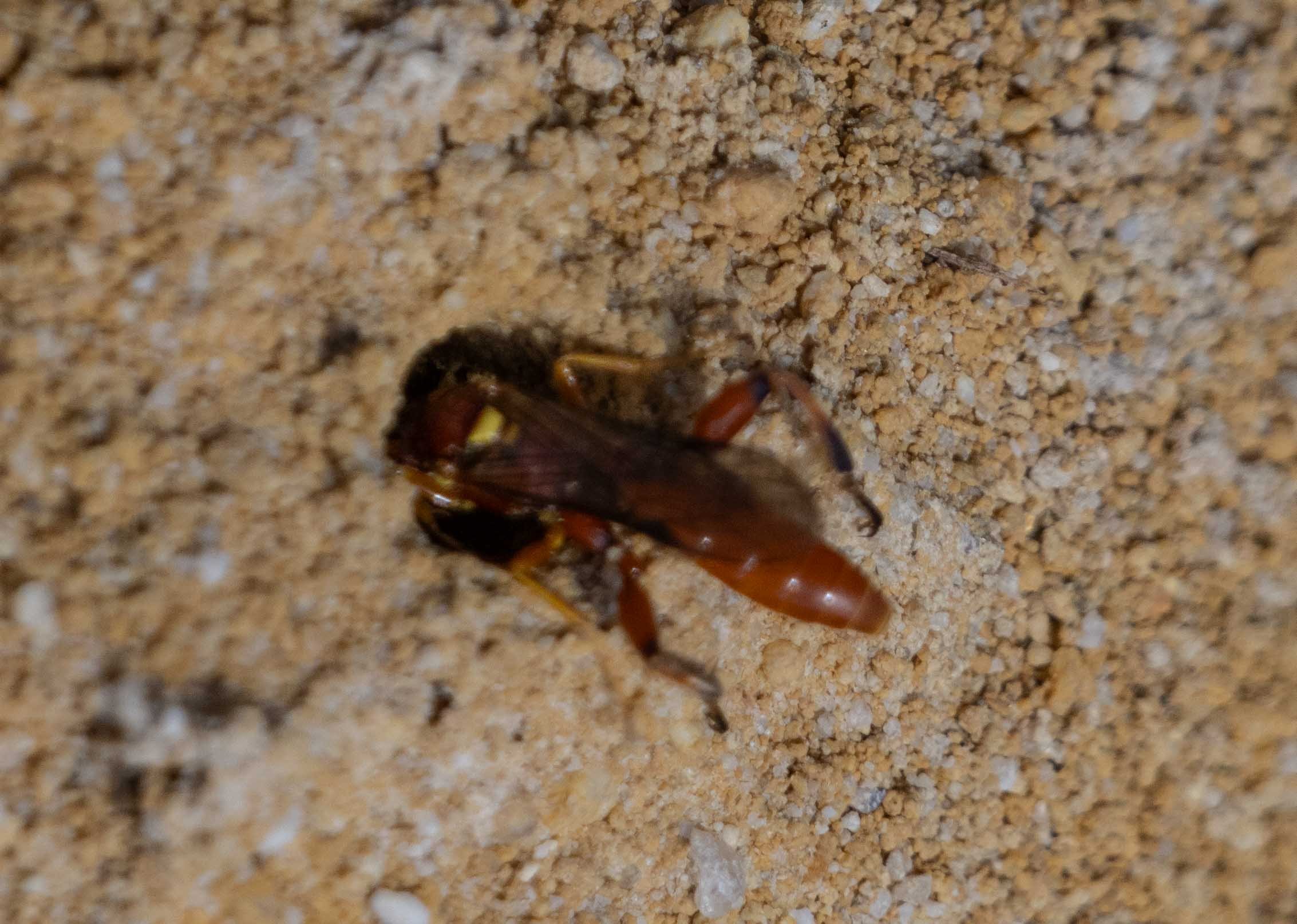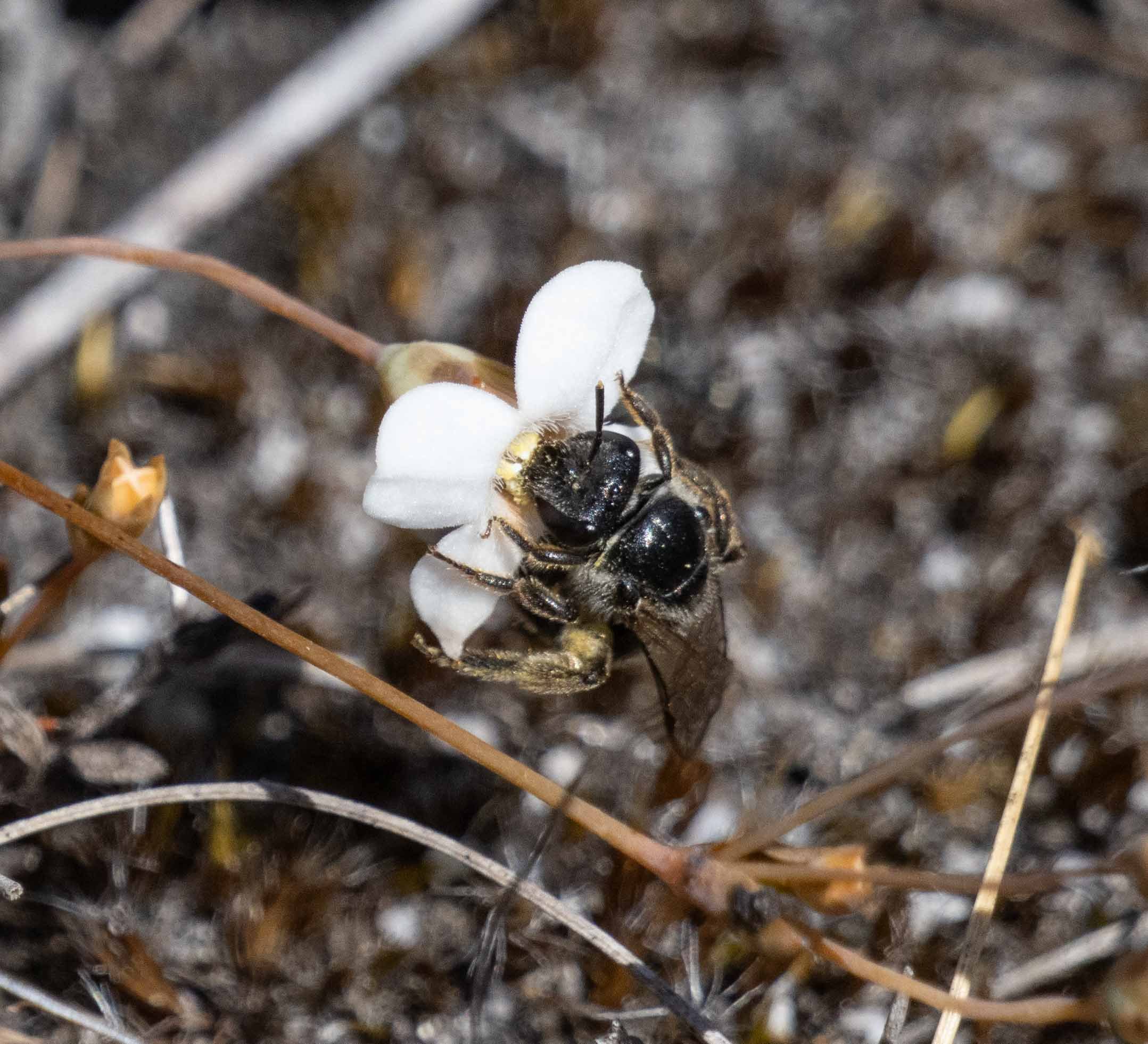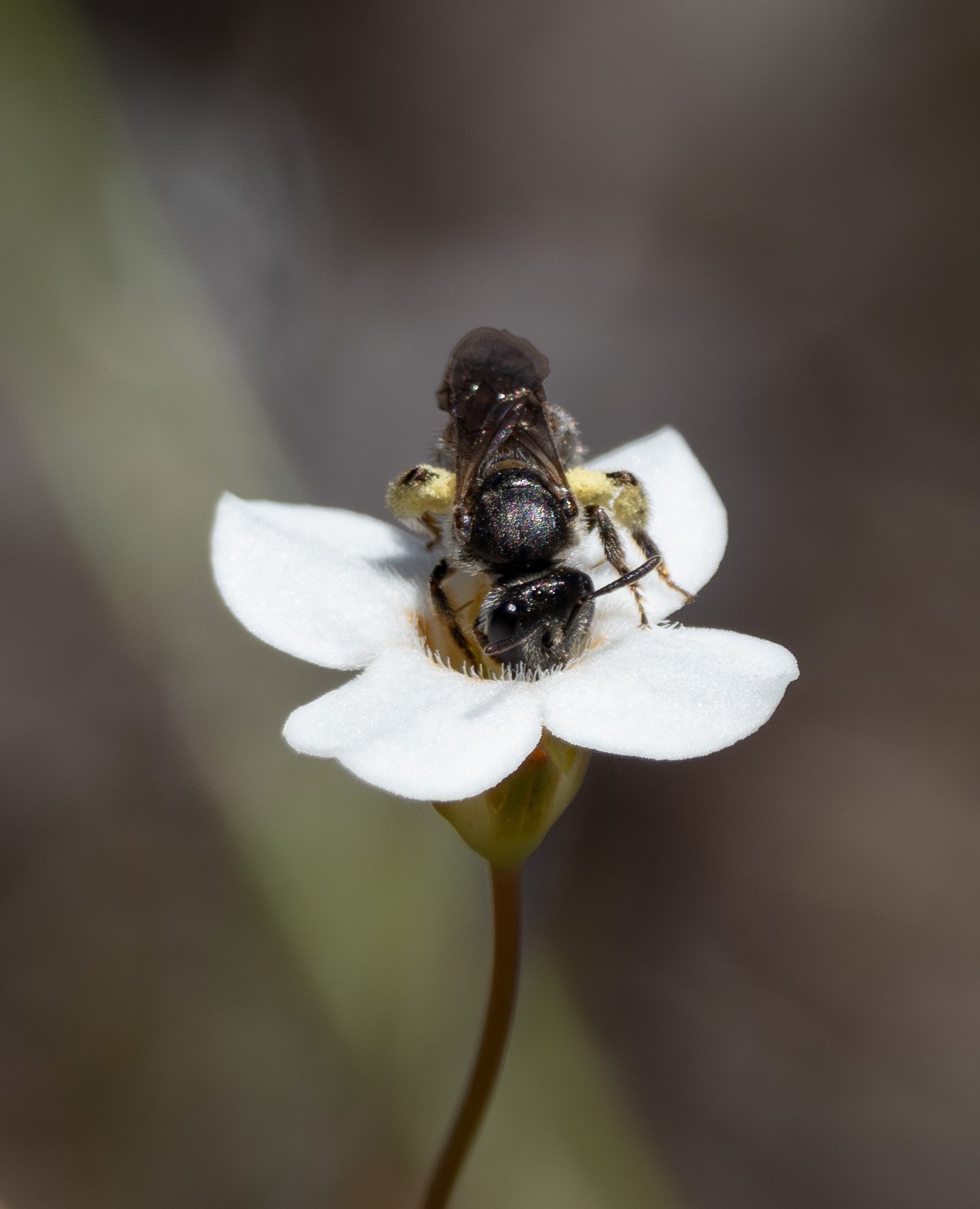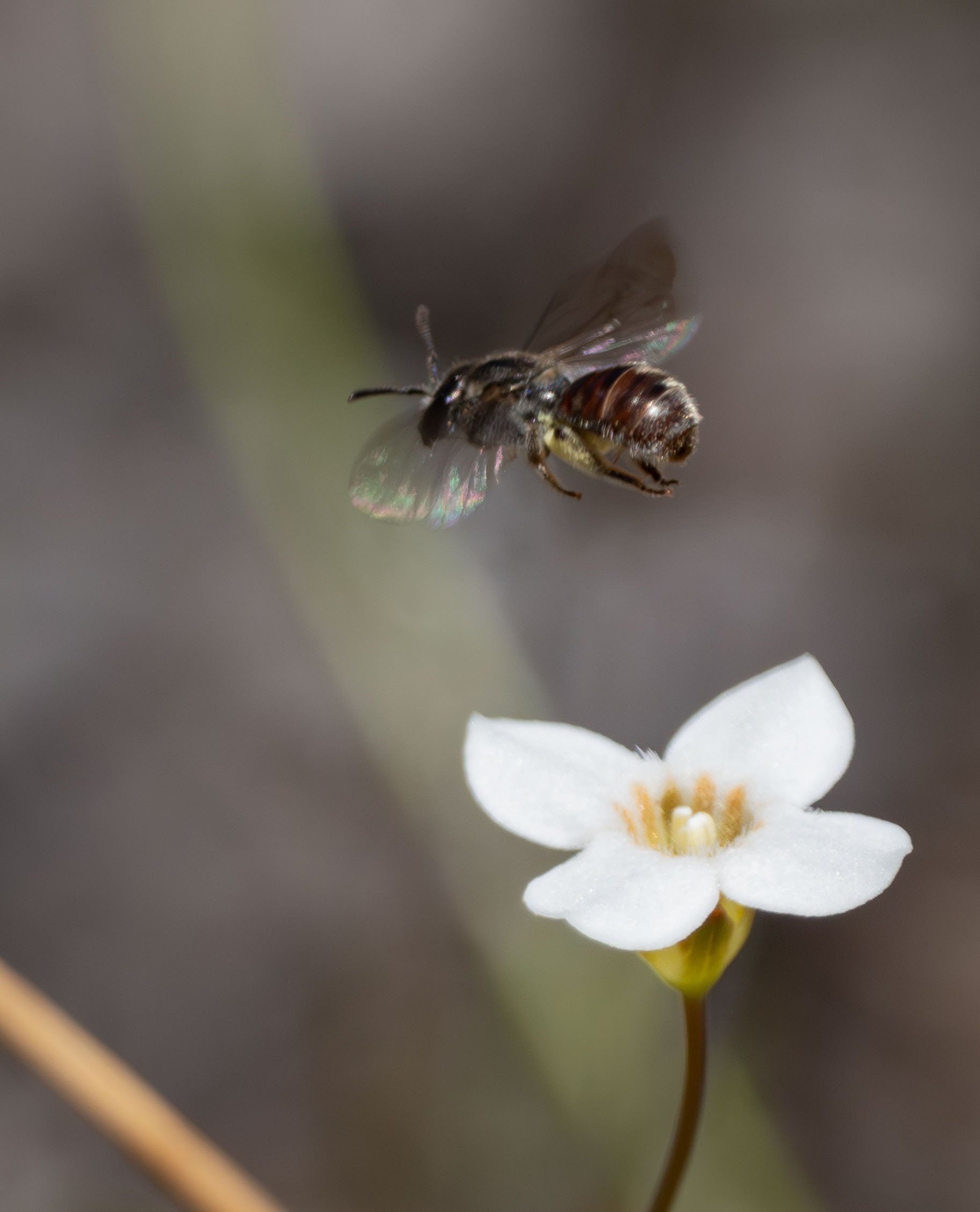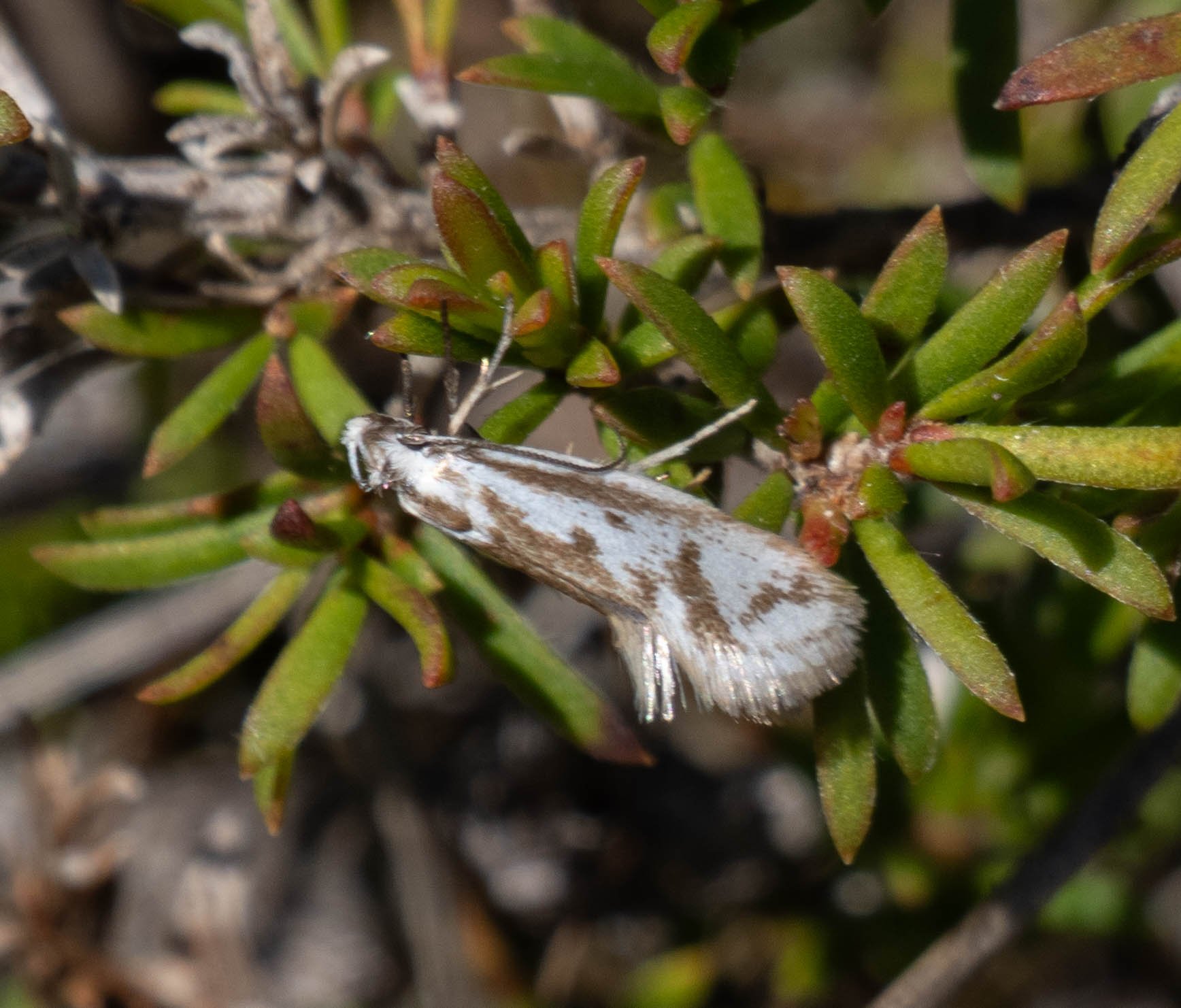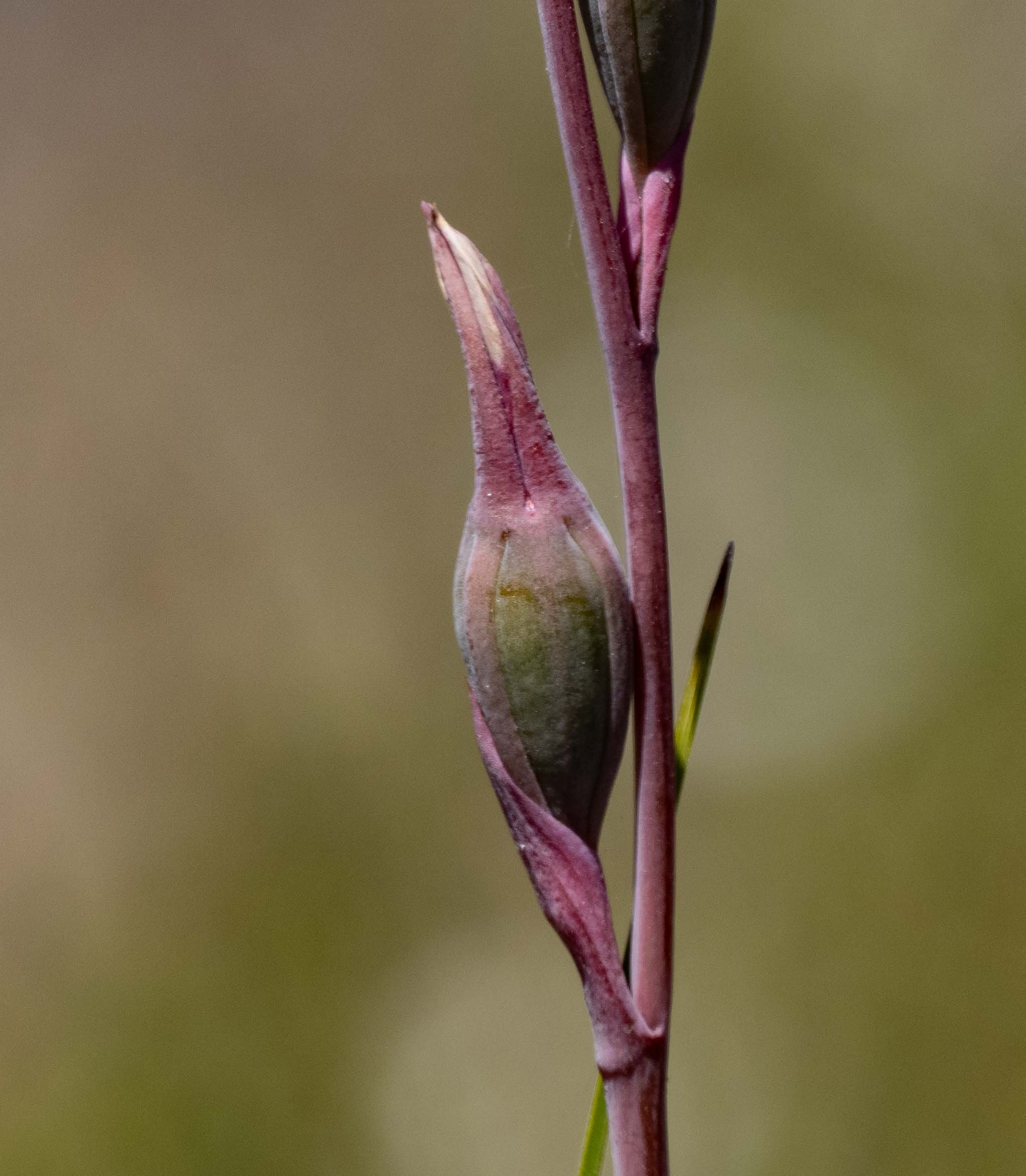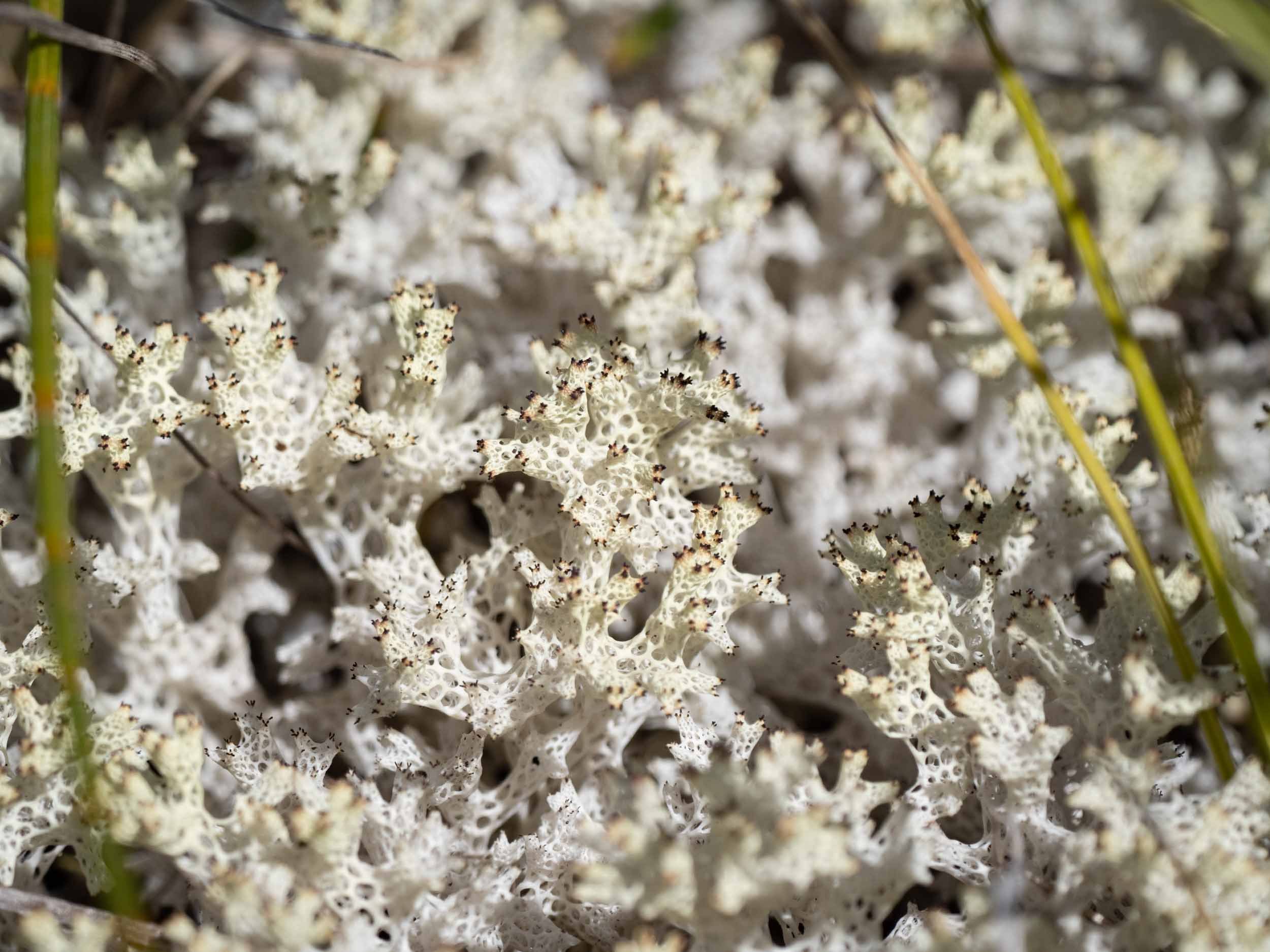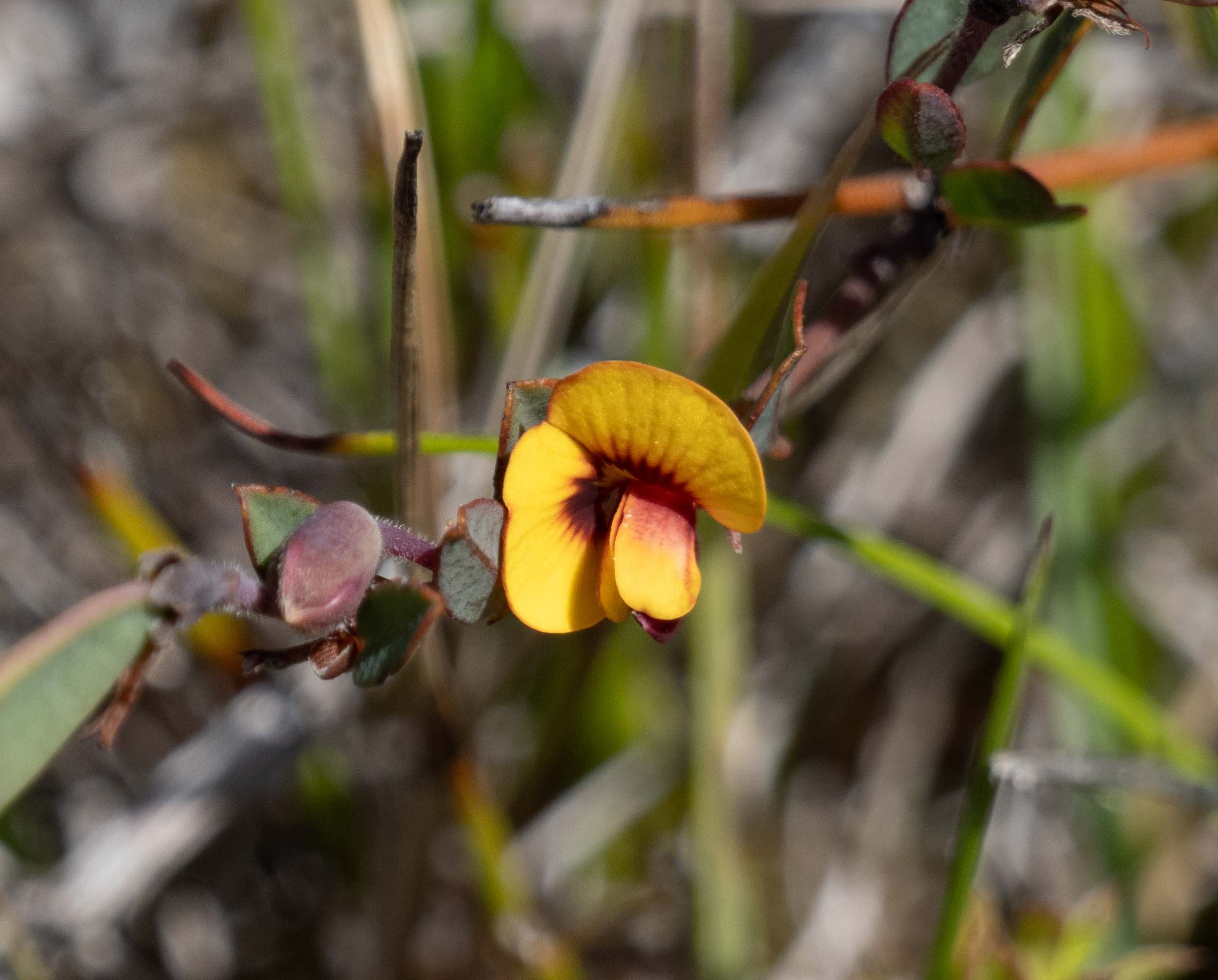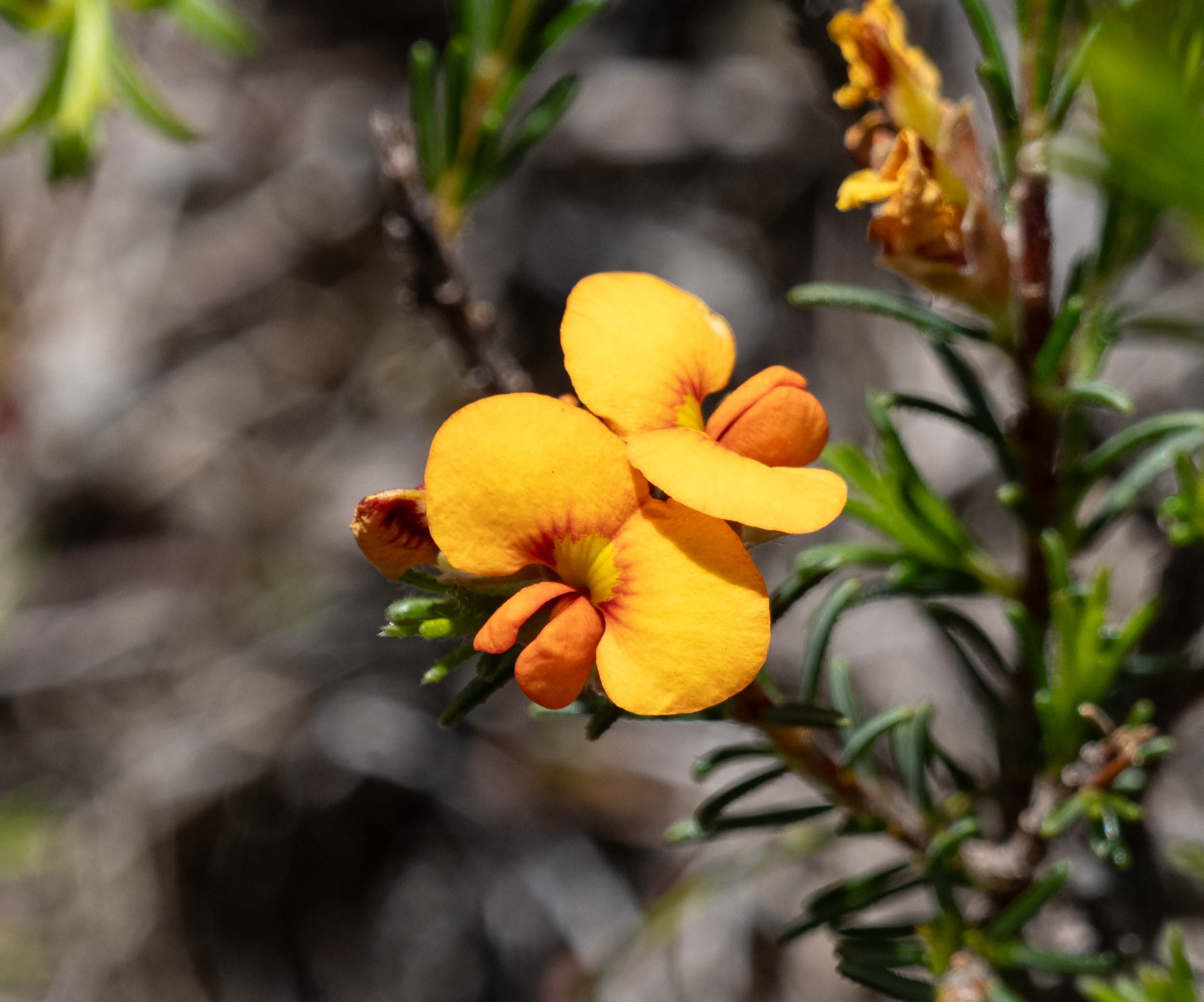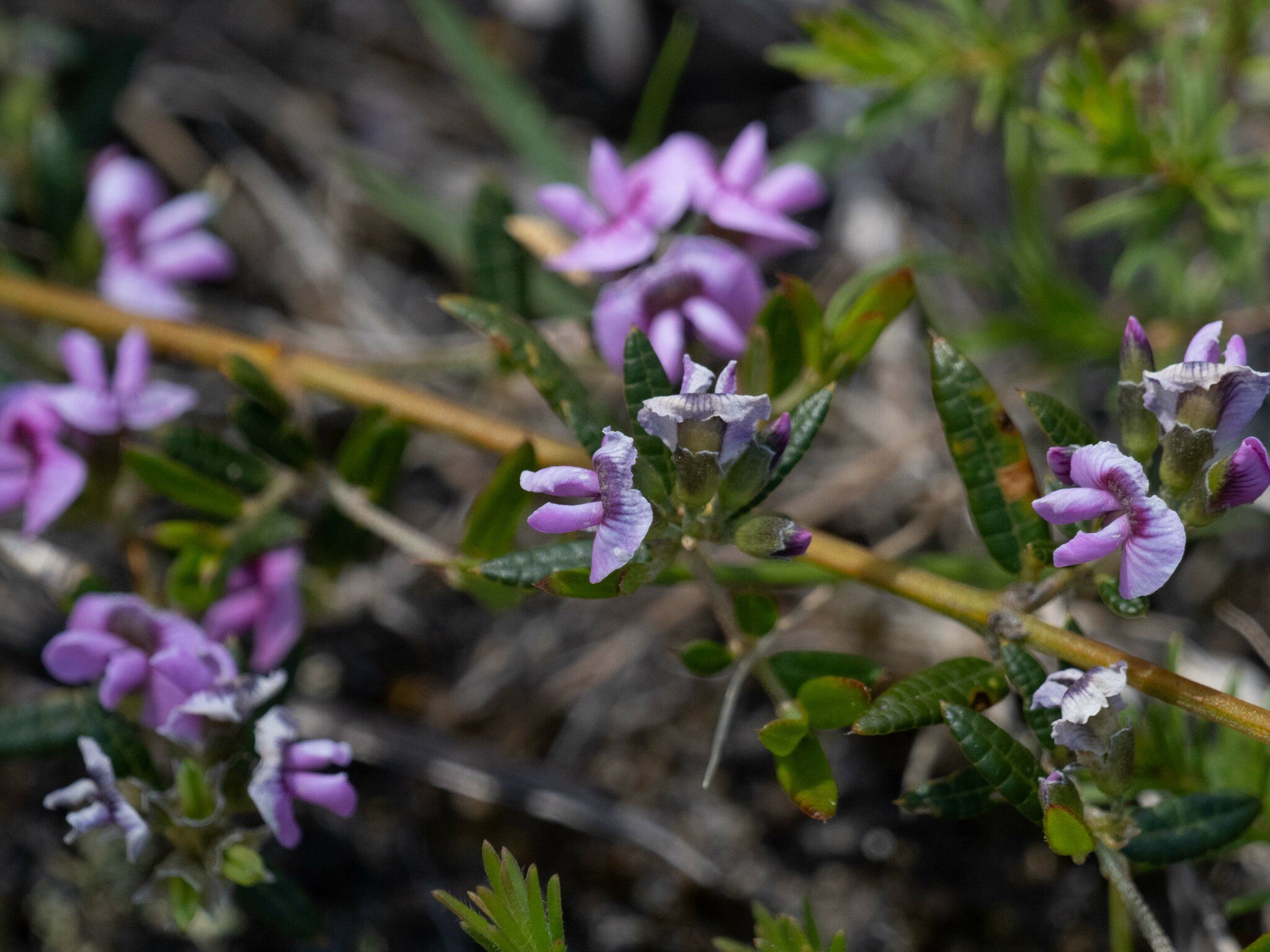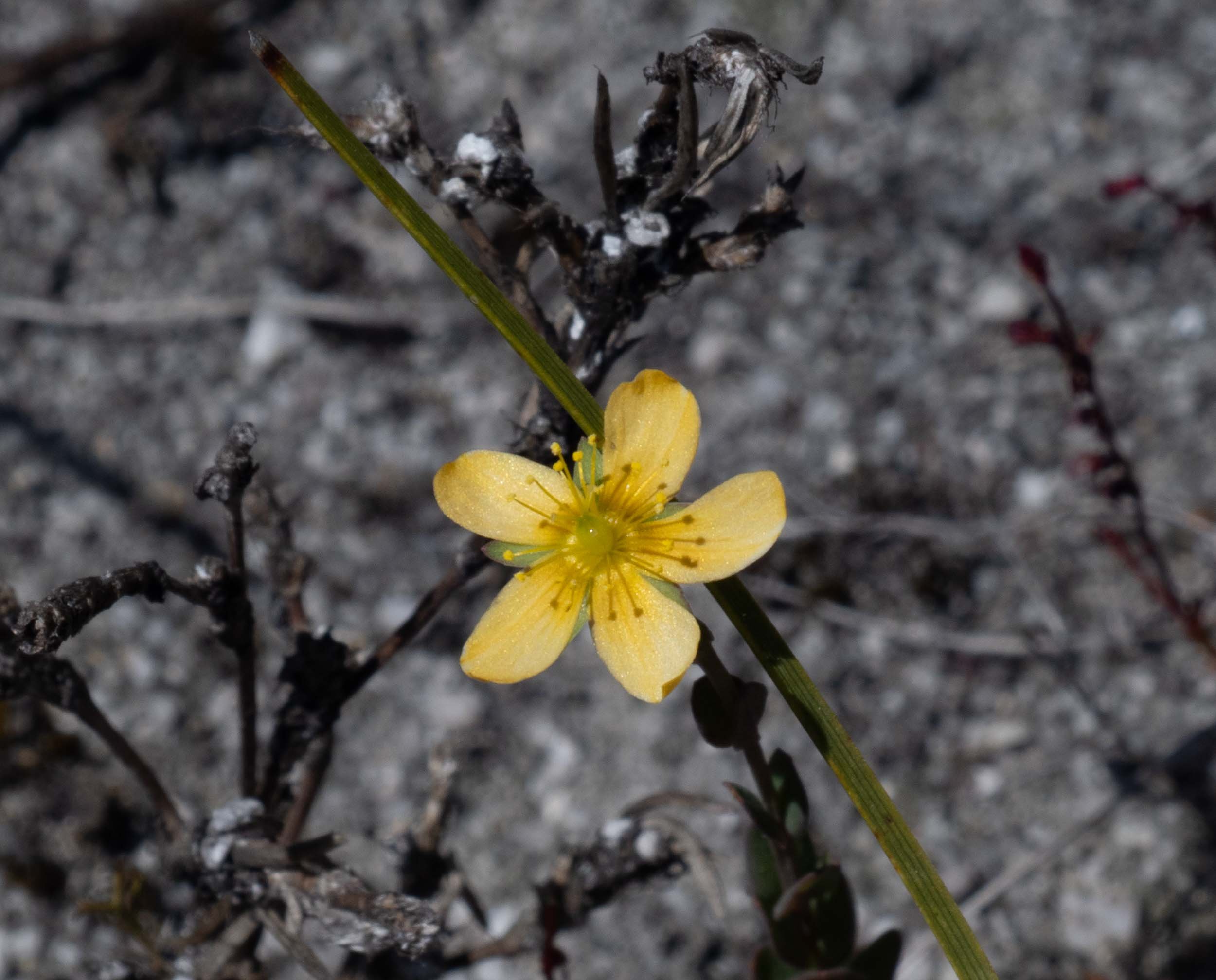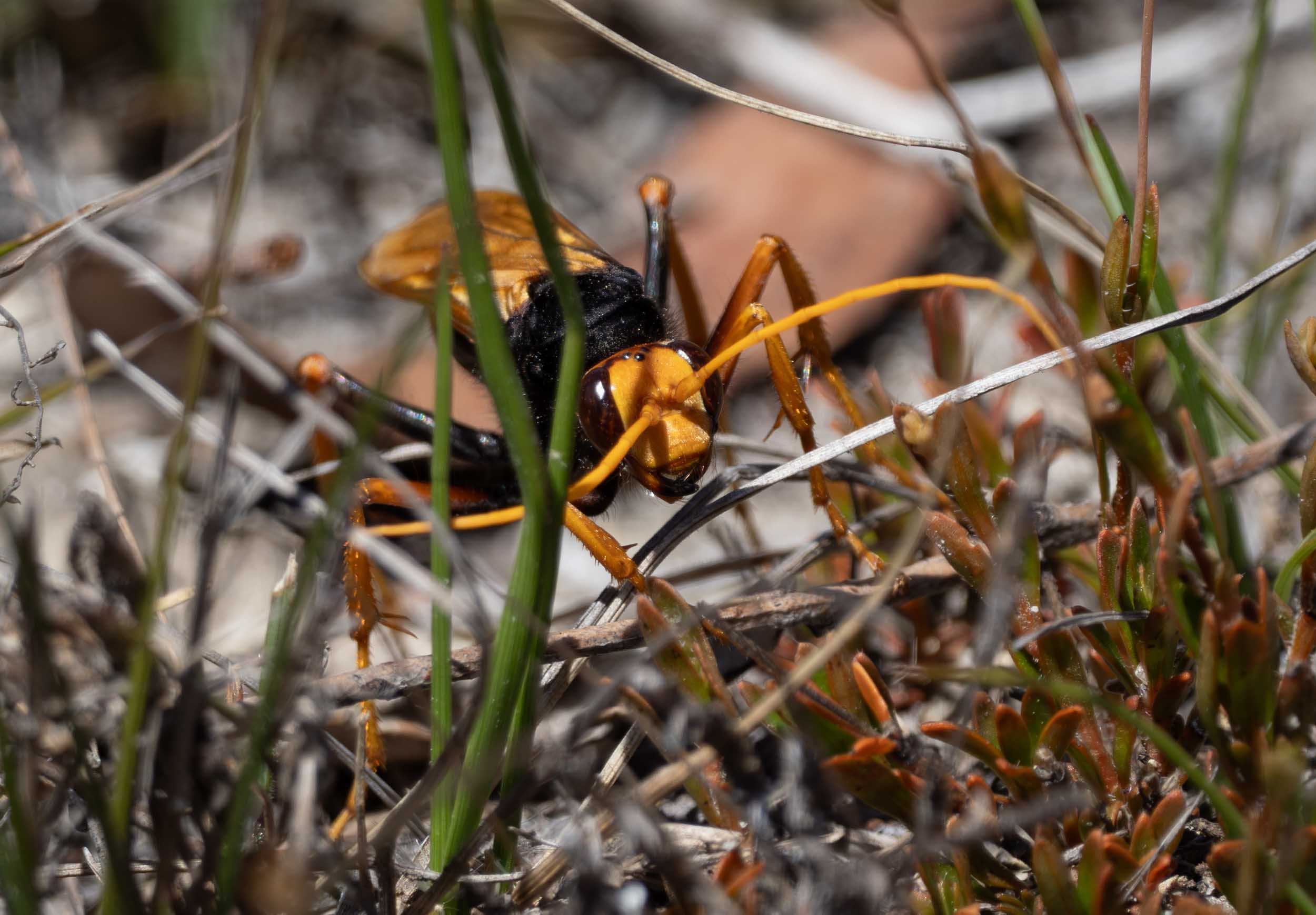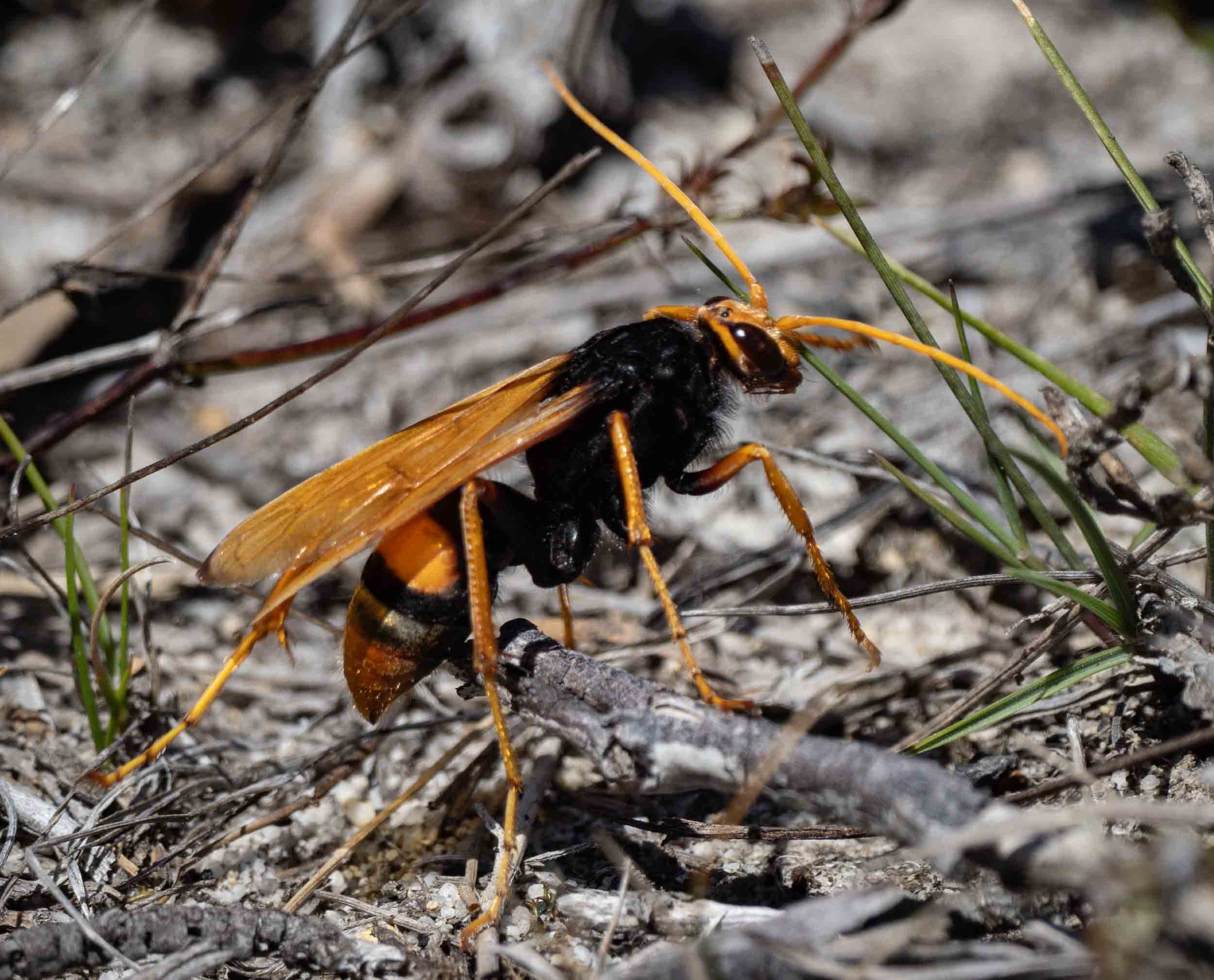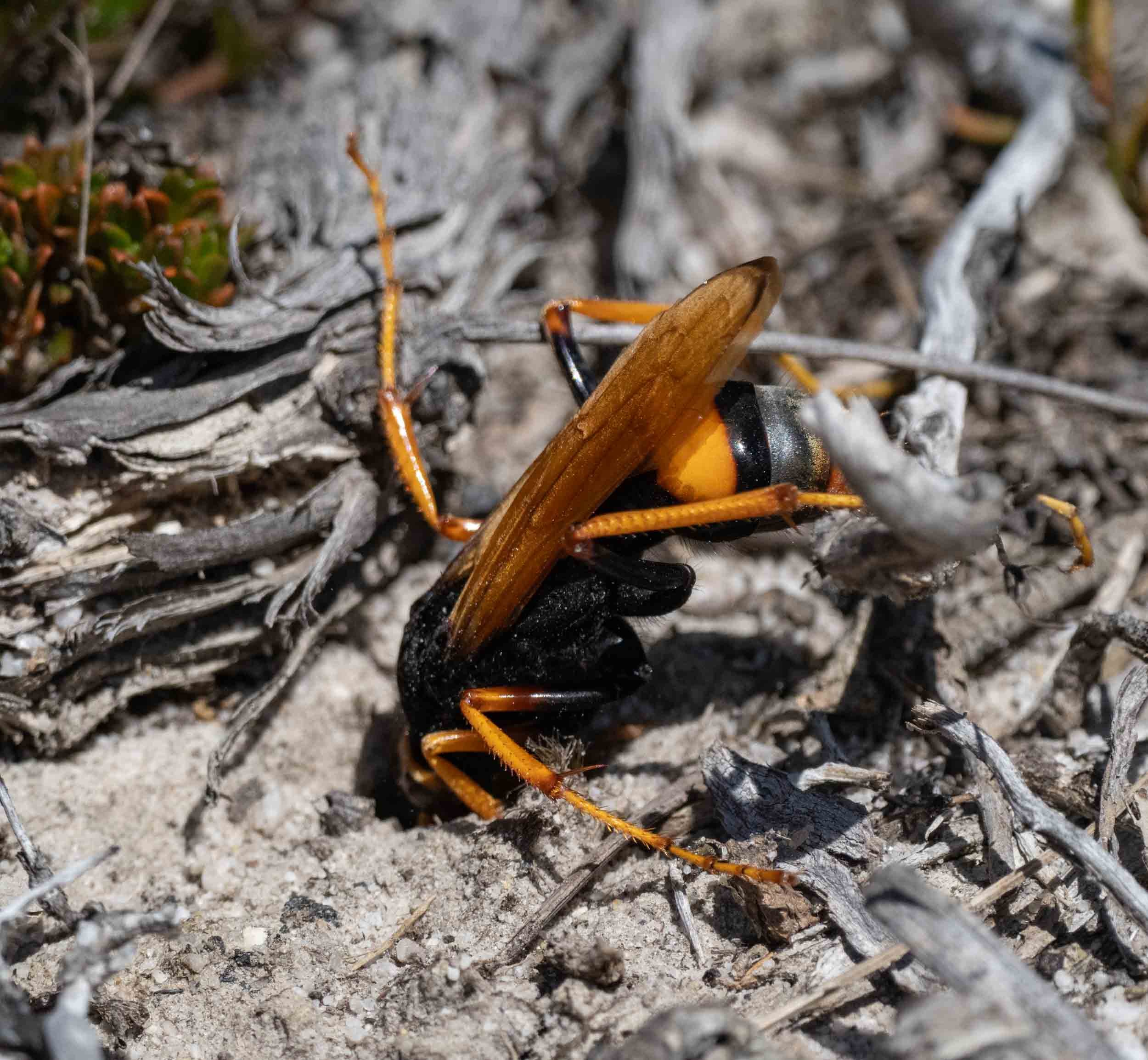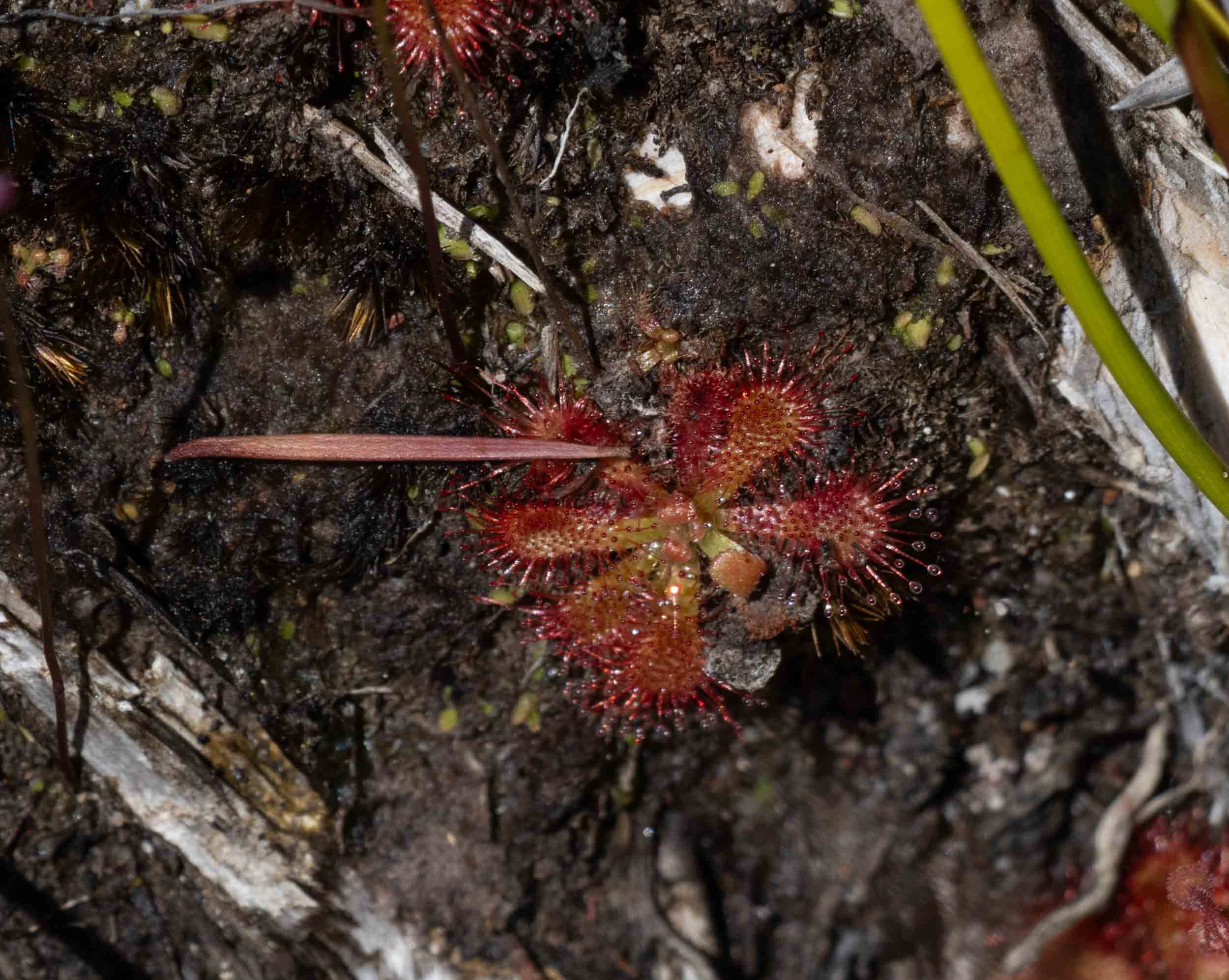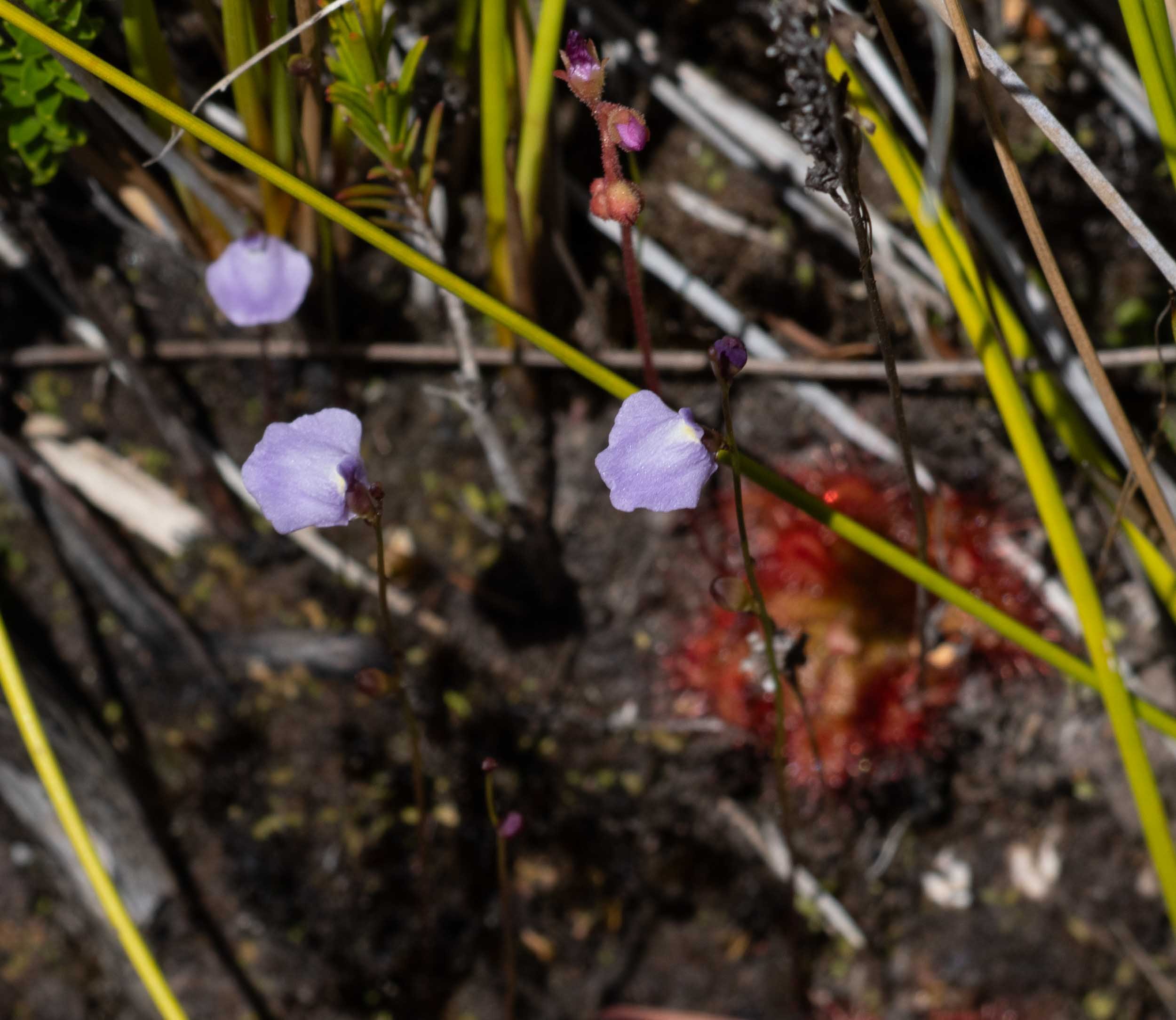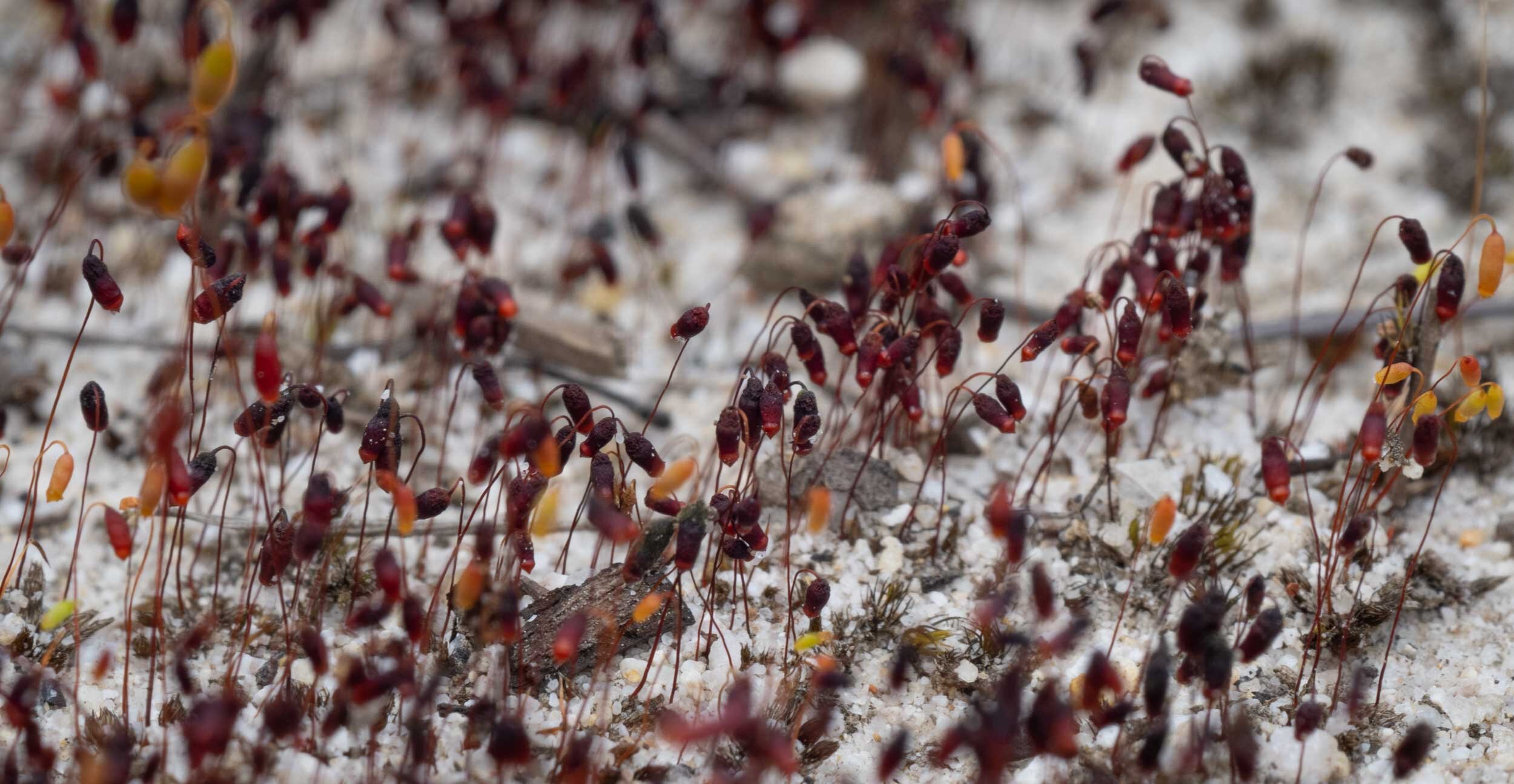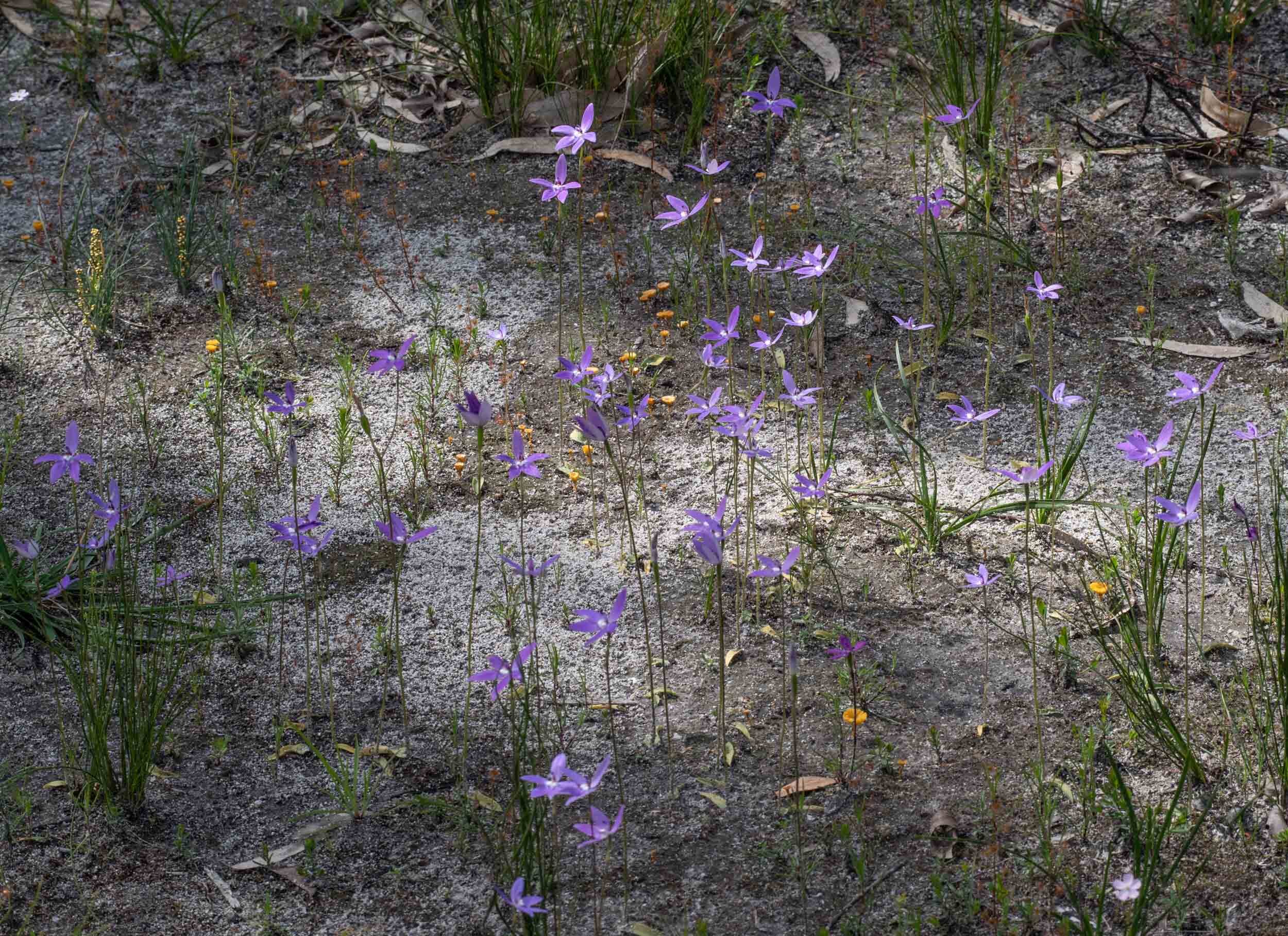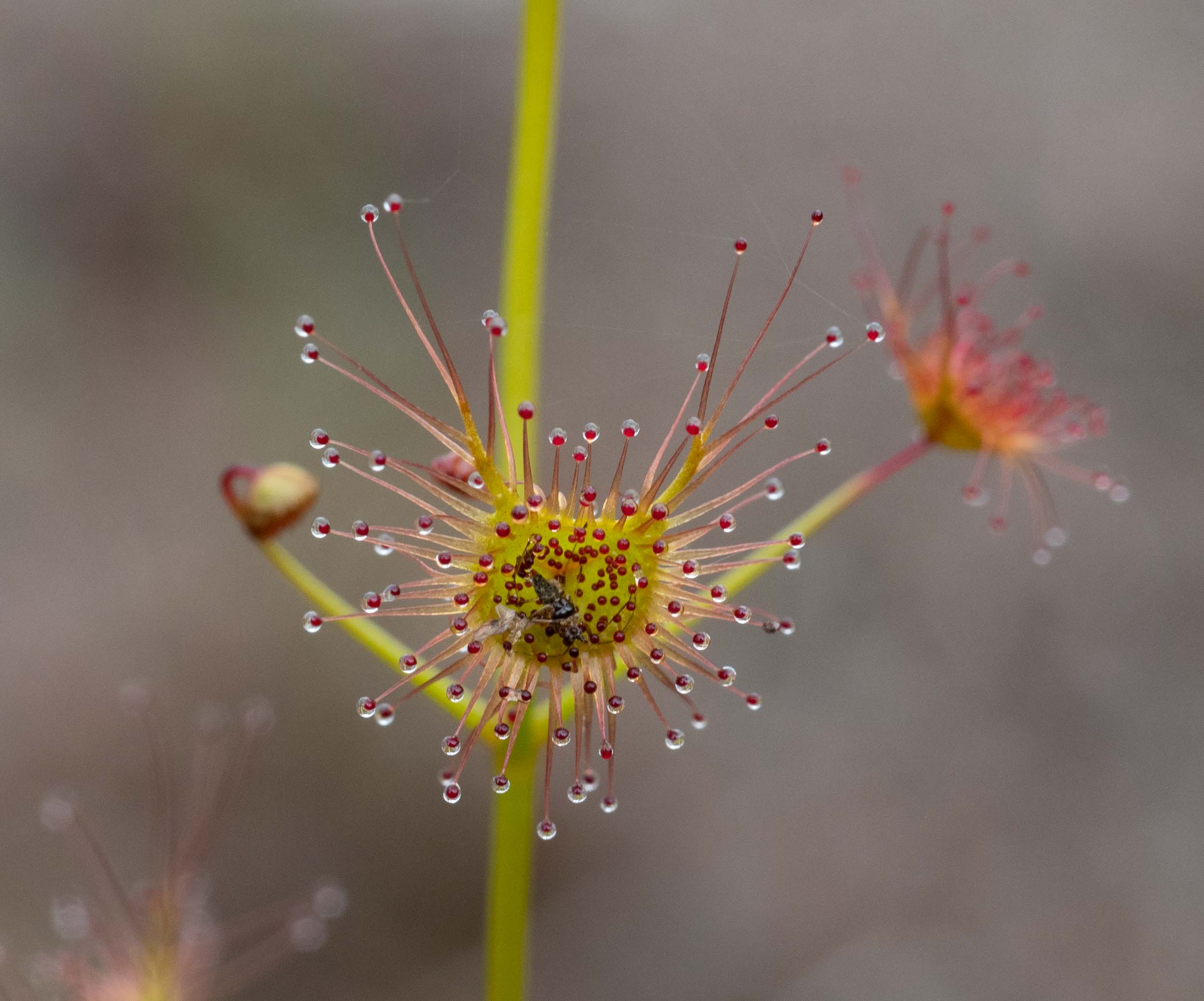
A day trip photo essay
25th October, 2023
We made a brief visit to the helipad and nearby creek crossing with friends. This has become something of a regular spring pilgrimage for us, although we’re a little later than usual this year.
The photos below are far from a complete survey – simply a collection of the life that caught our attention, and cameras. Most memorable this year? The congregations of ground-nesting bees. The tiny grasshoppers, displaying a myriad of colour forms in a single species. The activities of large and brilliant orange spider wasps, determinedly hunting among the low vegetation. And just a single damselfly sighting at the creek, but a very nice one.
Many little grasshoppers
likely undescribed genus in grasshopper subtribe Perbelliina
likely undescribed genus in grasshopper subtribe Perbelliina
likely undescribed genus in grasshopper subtribe Perbelliina
likely undescribed genus in grasshopper subtribe Perbelliina
likely undescribed genus in grasshopper subtribe Perbelliina
likely undescribed genus in grasshopper subtribe Perbelliina
likely undescribed genus in grasshopper subtribe Perbelliina
likely undescribed genus in grasshopper subtribe Perbelliina
Caledia captiva
Caledia captiva
Mimetic Gumleaf Grasshopper
Goniaea opomaloides
Common Gumleaf Grasshopper
Goniaea australasiae
likely undescribed genus in grasshopper subtribe Perbelliina
Cirphula pyrrhocnemis
likely undescribed genus in grasshopper subtribe Perbelliina
Bees and other insects
Just after ‘the catch’.
Thynninae
Fruit fly … but neither the notorious ‘pest’ species, nor the model for genetic research.
Austrotephritis
Heath Ochre butterfly
Trapezites phigalia
They enter and leave their burrows quickly. This was a rare shot, and shows the diagnostic wing venation nicely.
Lasioglossum (Chilalictus)
There were several nesting aggregations of these bees. Most nest entrances were surrounded by a large mound of tumulus. And they were clearly shared burrows – we often saw several females enter or leave in succession.
Lasioglossum (Chilalictus)
A small, orange wasp was investigating the Lasioglossum nests.
Labium sp.
The next day we saw one at home for the first time (see iNat record) –and it is indeed a parasite of ground-nesting bees!
Labium sp.
Same subgenus, but an obviously a different species
Lasioglossum (Chilalictus)
Etiella behrii
Dichromodes ainaria
Head of the larva can be seen protruding from its case
A few flowers in bloom … but very few orchids
A fruticose lichen we regularly see at this site.
Pulchrocladia
A spectacular spider wasp
Cryptocheilus bicolor and C. australis are very similar. Both are large, brightly-coloured pompilids, sometimes mistaken for hornets (Vespidae) or the ‘Cicada killer’ crabronid Sphecius pectoralis. Our wasp is Cryptocheilus (Pompilidae), but which species?
We found surprisingly little available information on this genus. However, based on the work of Harris (1987), we could rule out C. australis. So our working hypothesis is that this is indeed C. bicolor. I say ‘hypothesis’, however, due to conflicting information online. For example, the wasp shown as C. bicolor on Museums Victoria website looks nothing like ours. Indeed, it fits Harris’ 1987 description of C. australis. All quite confusing.
Like virtually all spider wasps, Cryptocheilus hunt and paralyse spiders as food for their larvae. Most records show them targeting huntsman spiders, although there is some evidence of a more opportunistic approach, including fishing spiders (Dolomedes) in the case of C. australis in New Zealand (Harris, 1987). The spiders are dragged back to a pre-prepared burrow, where individual spiders are used to stock each cell. So perhaps we found this female’s nest burrow!
Creekside stopover
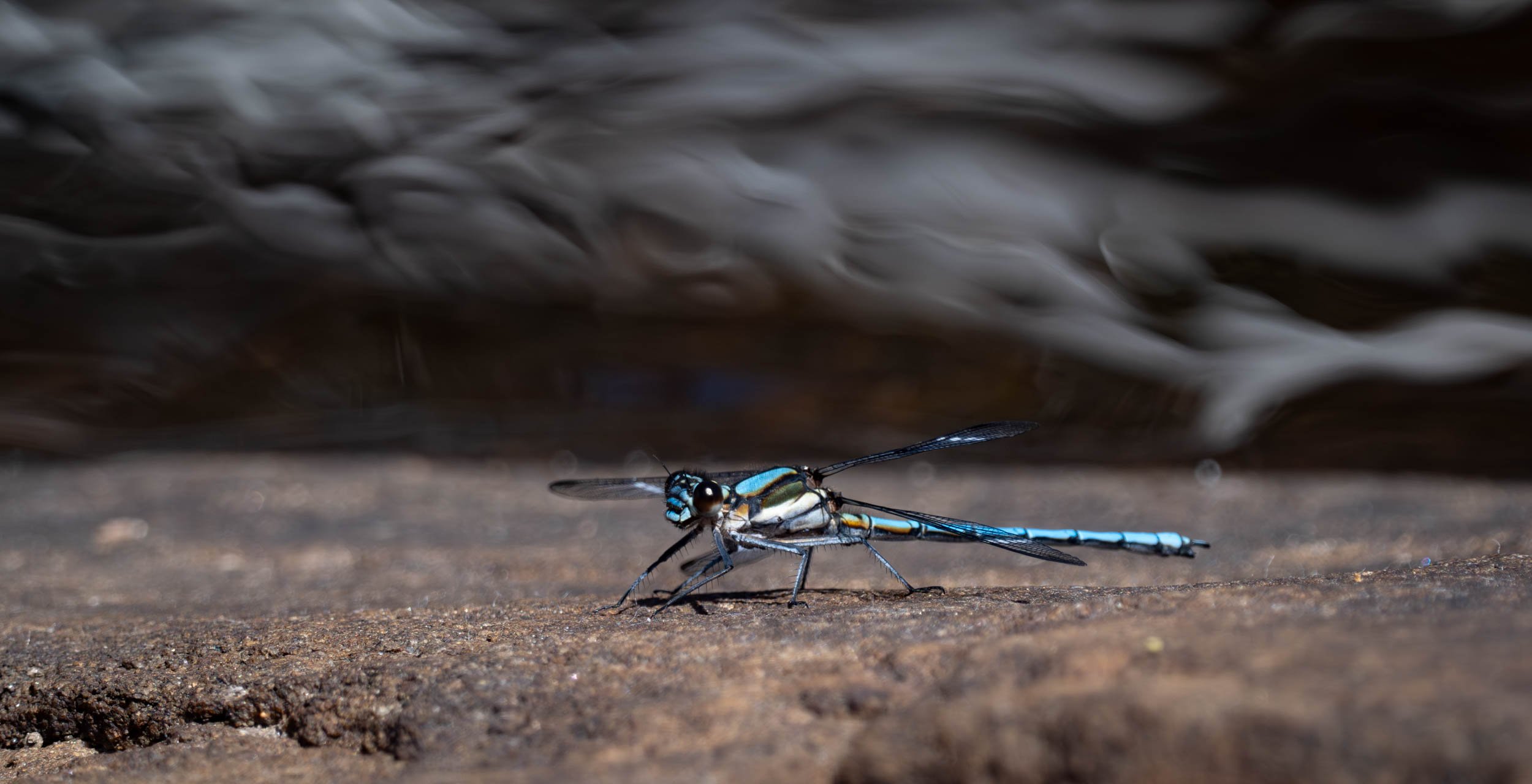
Whitewater Rockmaster (Diphlebia lestoides). Aptly named, resting on rocks alongside a rapidly-flowing section of the creek. This is a damselfly (Zygoptera), although with its thickset body and outstretched wings it’s easily mistaken for a dragonfly (Anisoptera).
There were very few Odonata in evidence. And we did look! We saw just this one damselfly, and at most a couple of dragonflies in flight.
Diphlebia lestoides
Tiny Bladderwort - a carnivorous plant, commonly found alongside Drosera in moist, sandy heathland situations.
Utricularia laterifolia
References
Harris, A.C. 1987. Pompilidae (Insecta: Hymenoptera). Fauna of New Zealand [no.] 12. Science Information Publishing Centre, DSIR. Wellington, New Zealand



